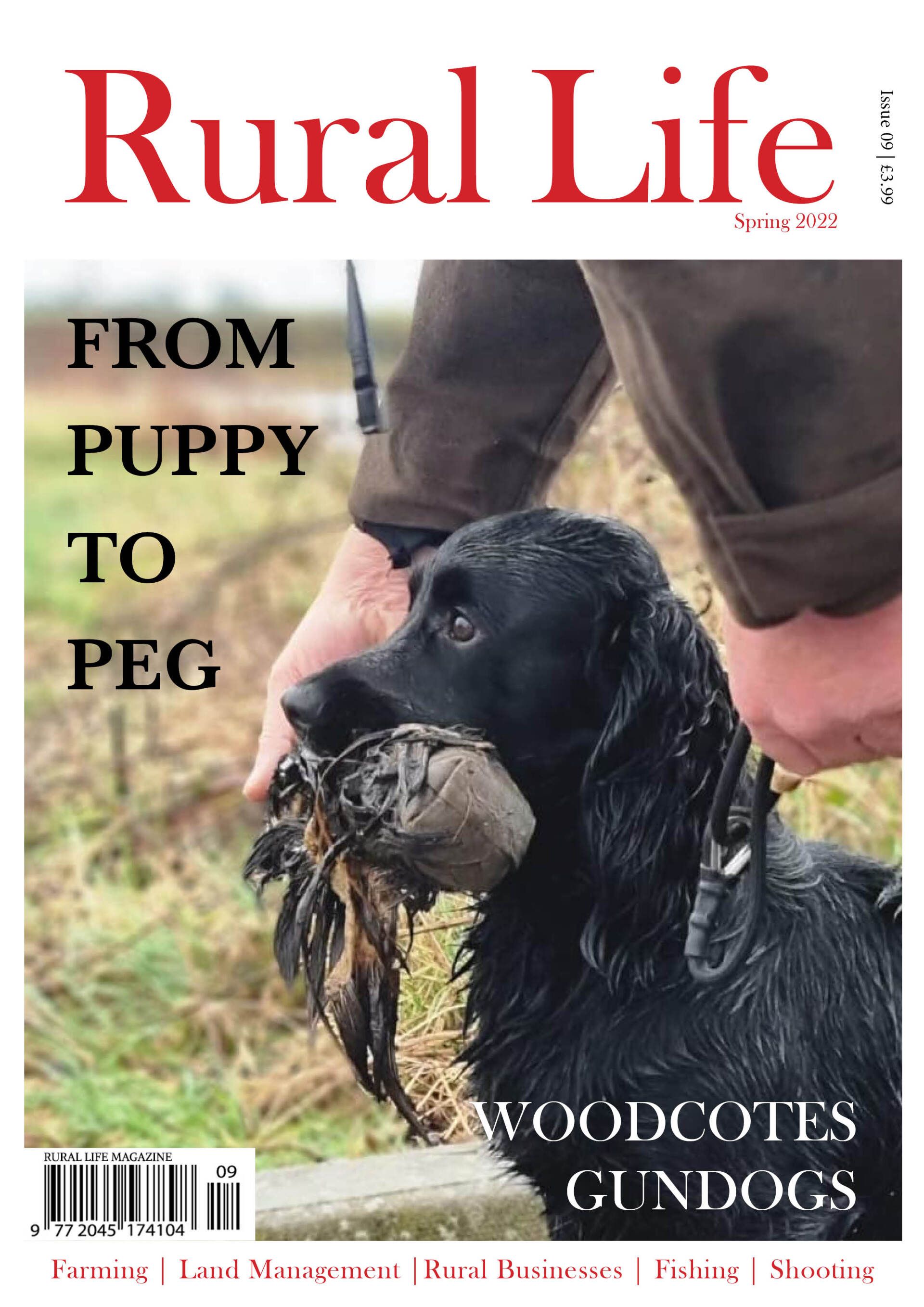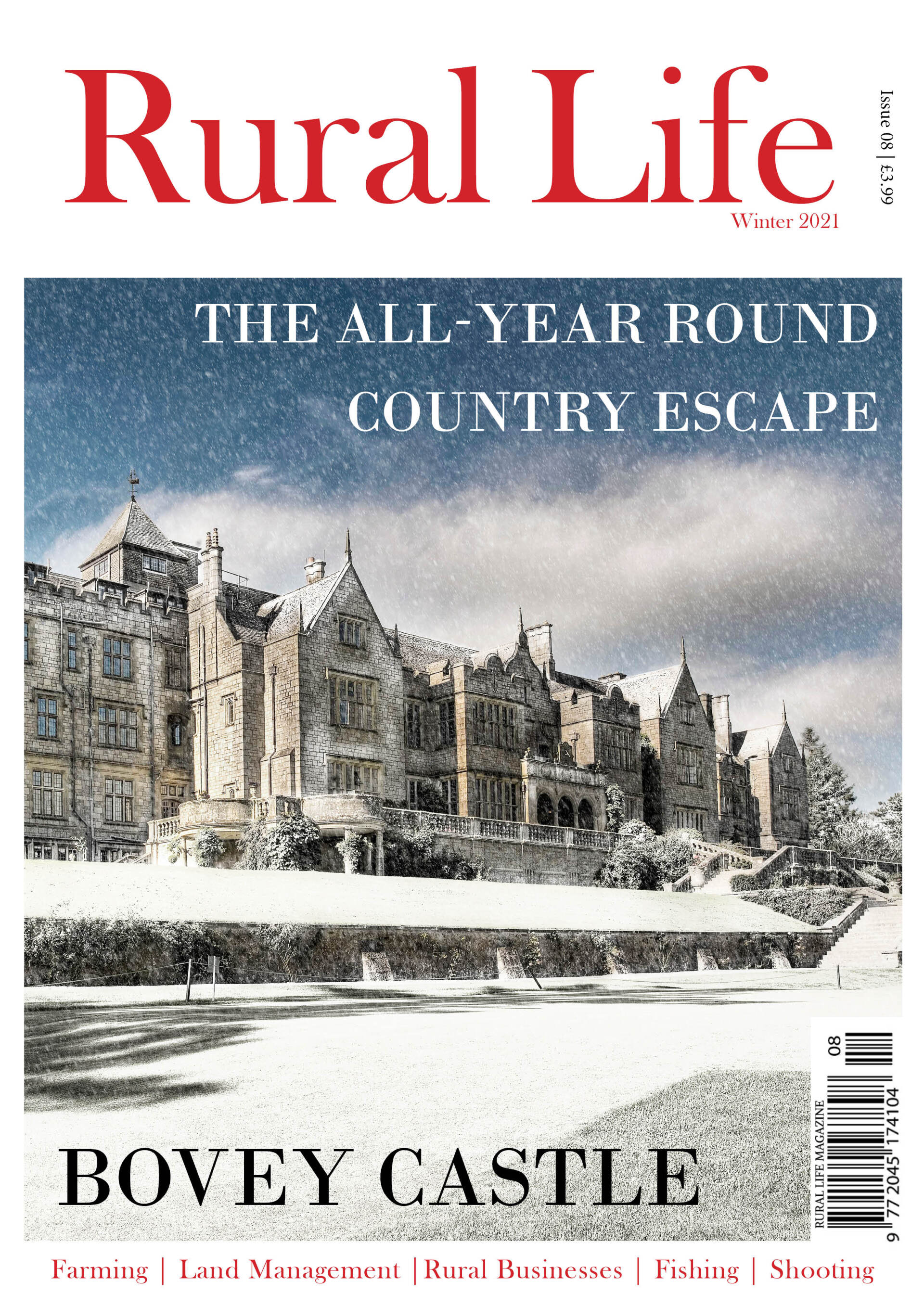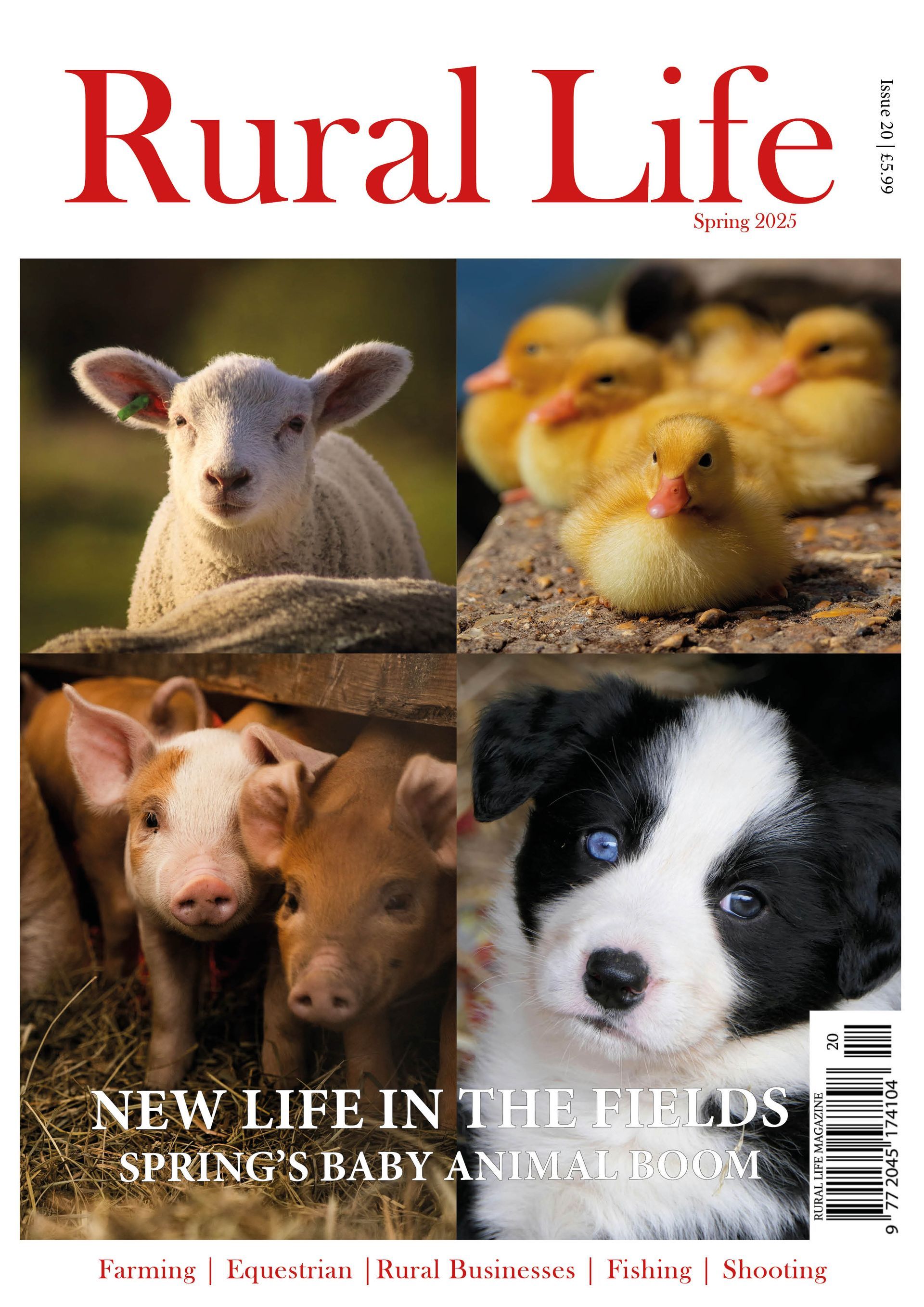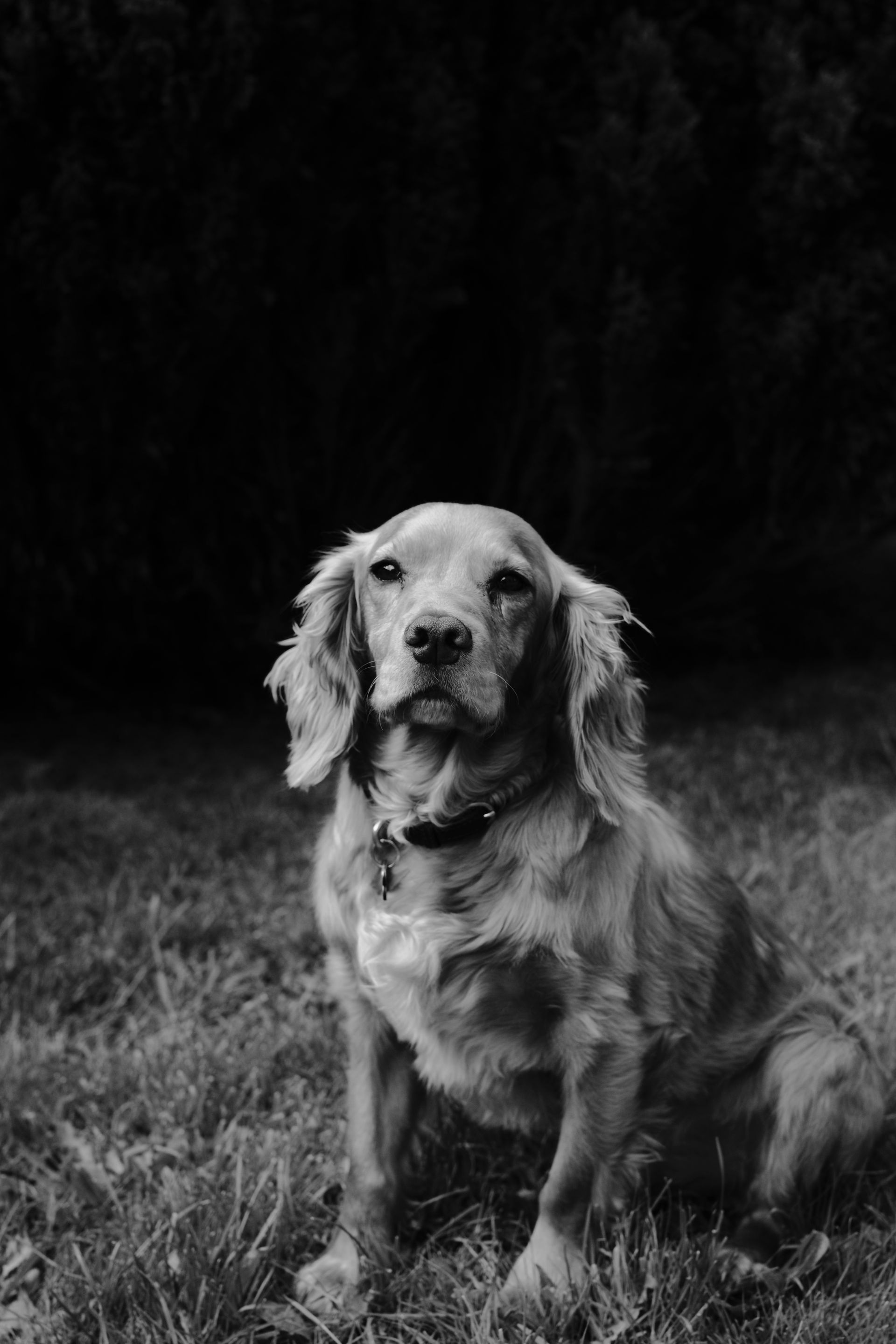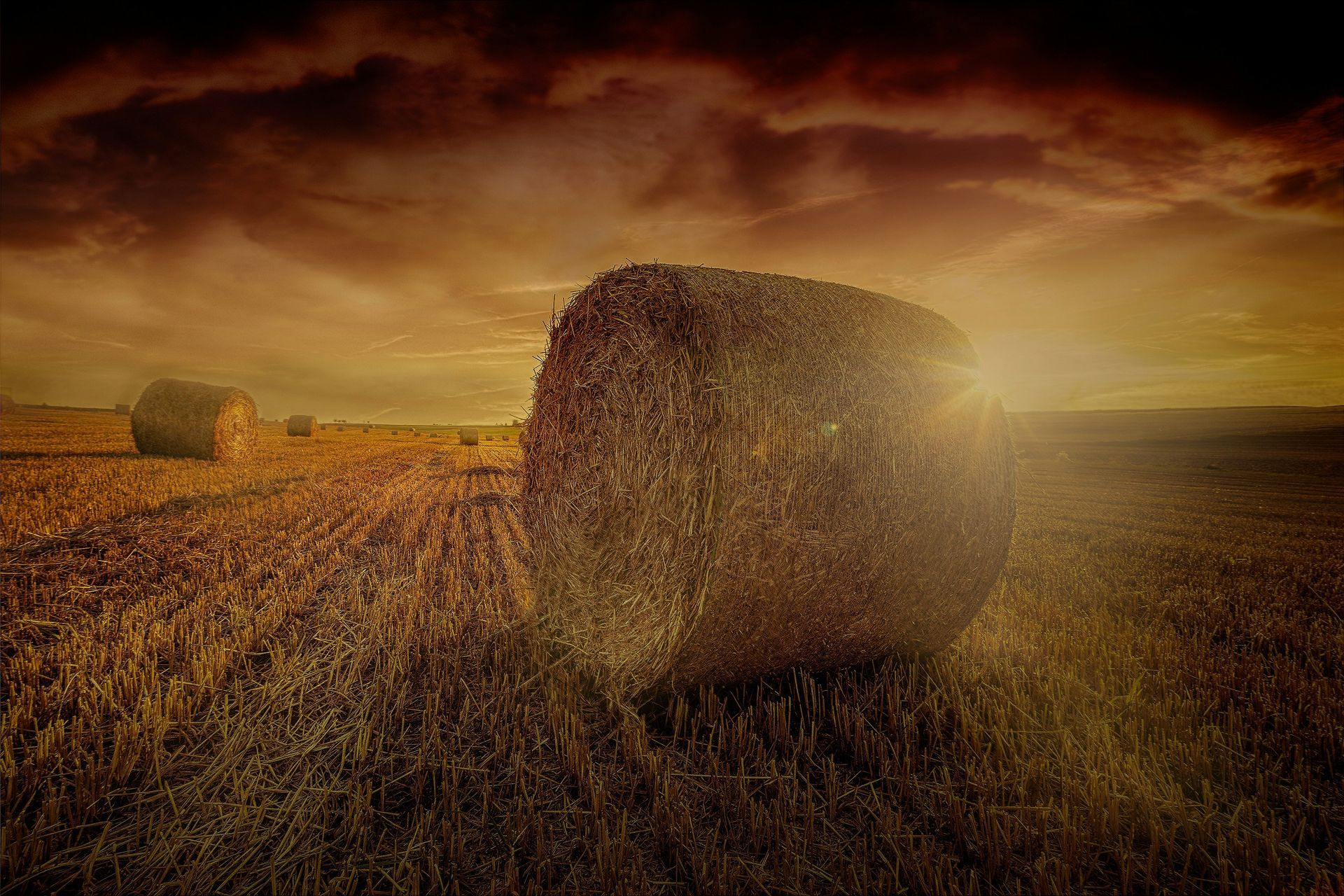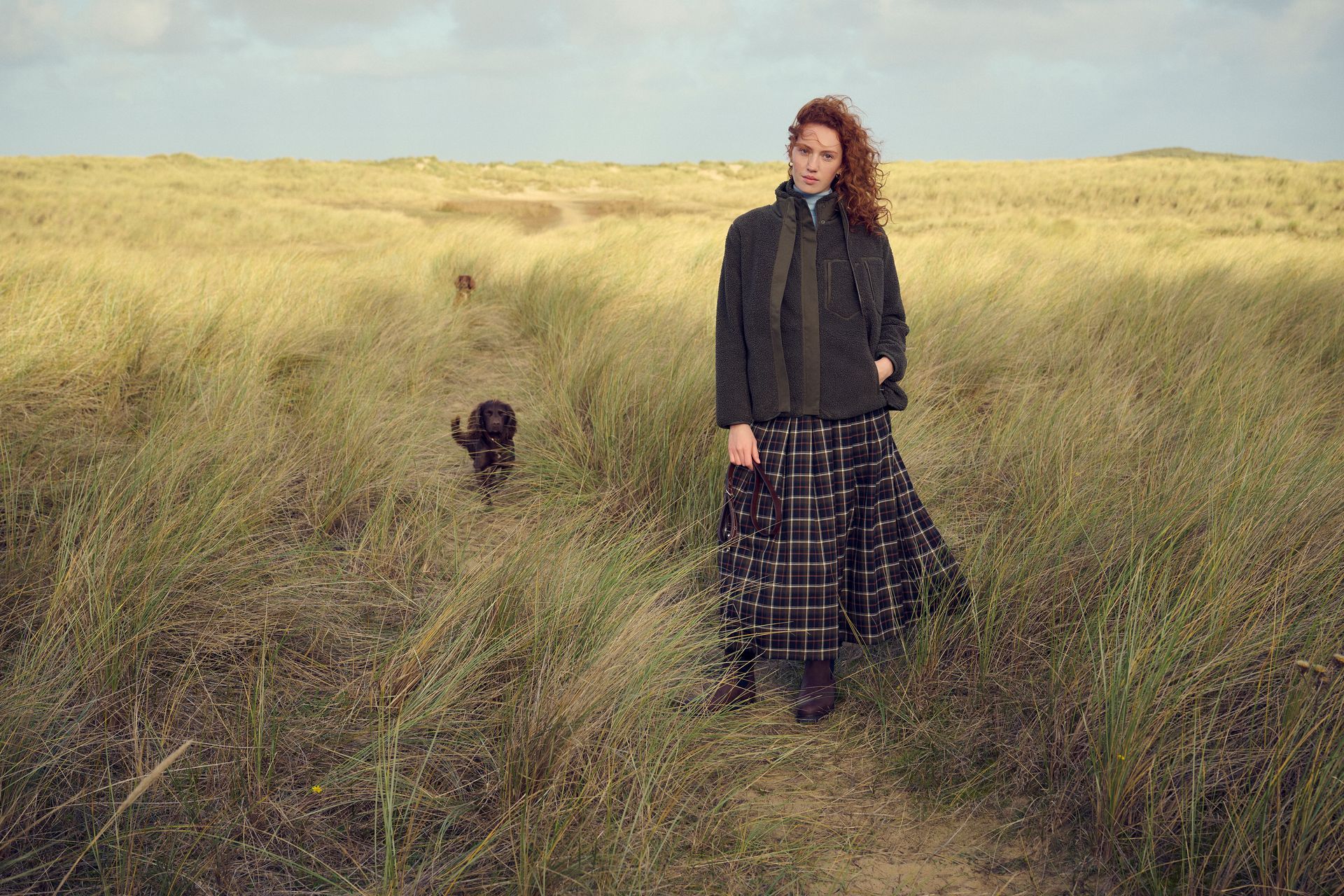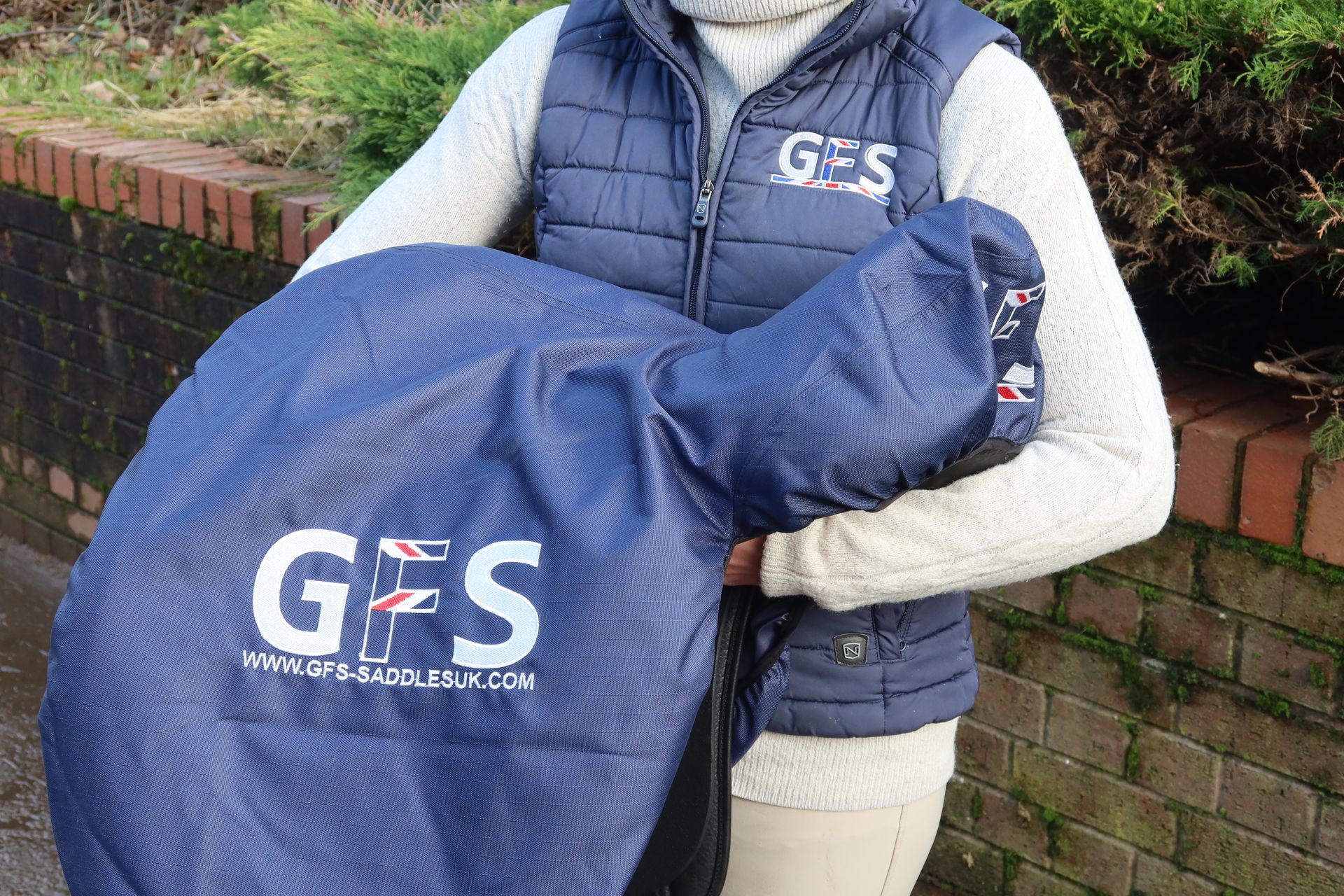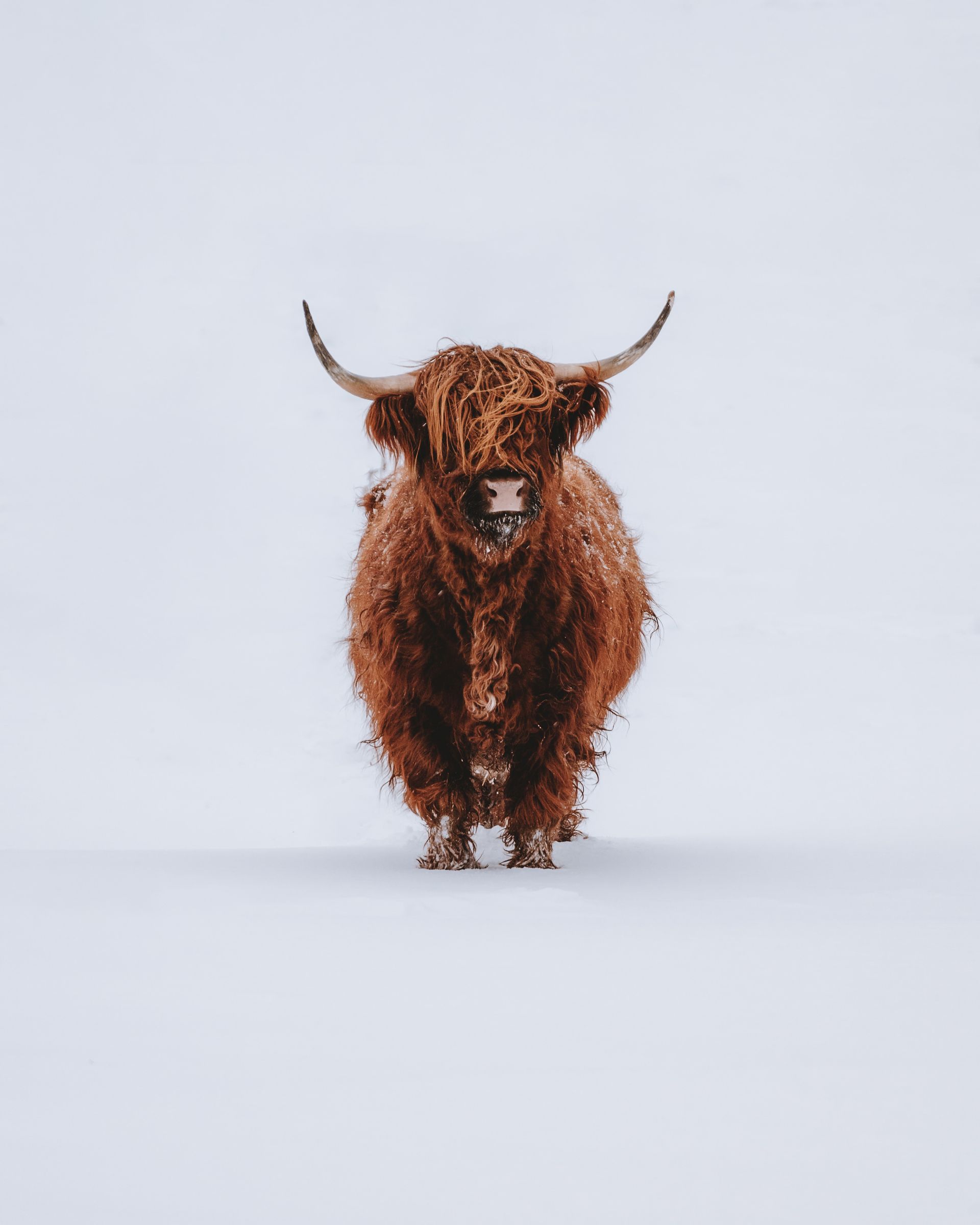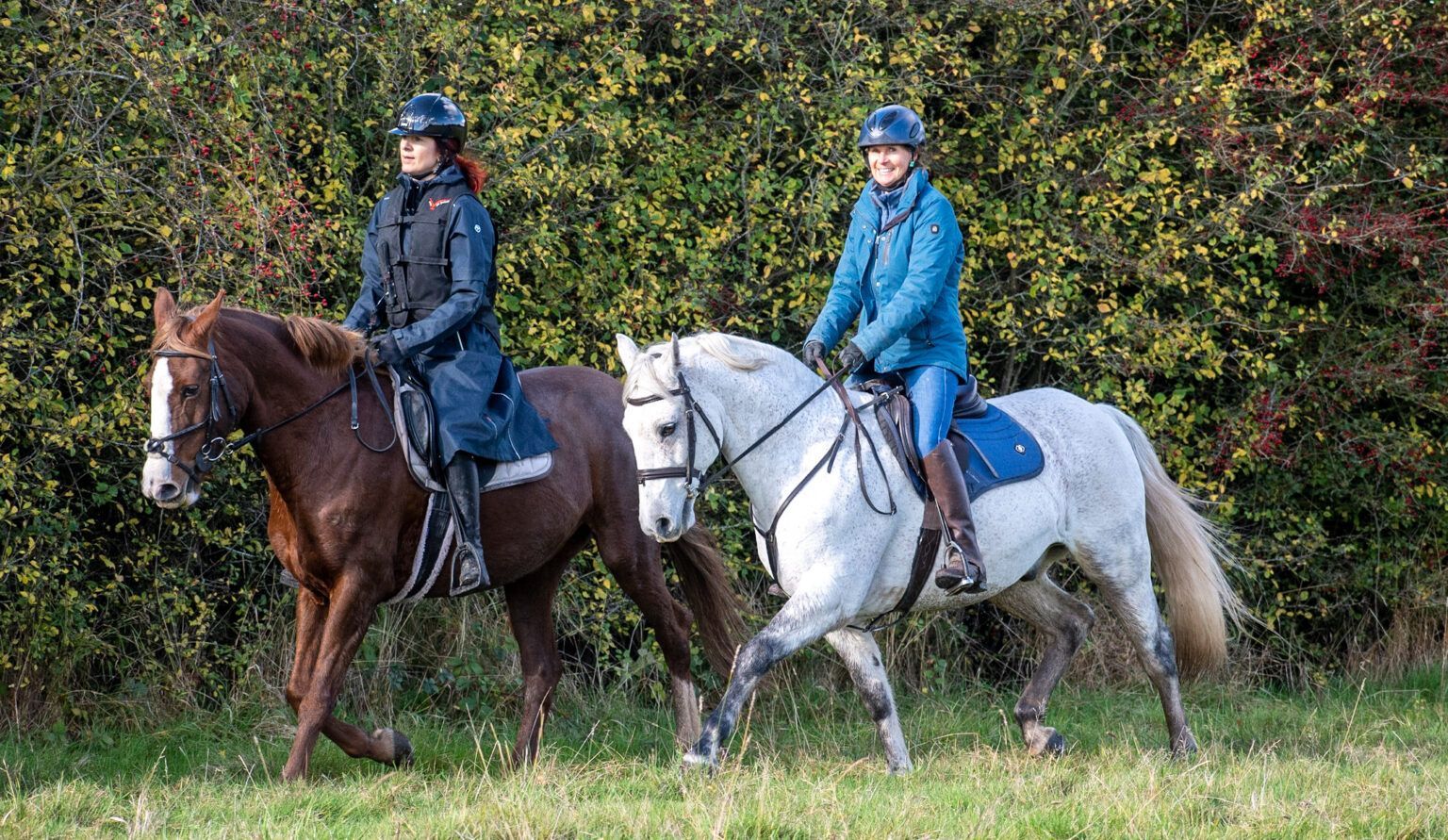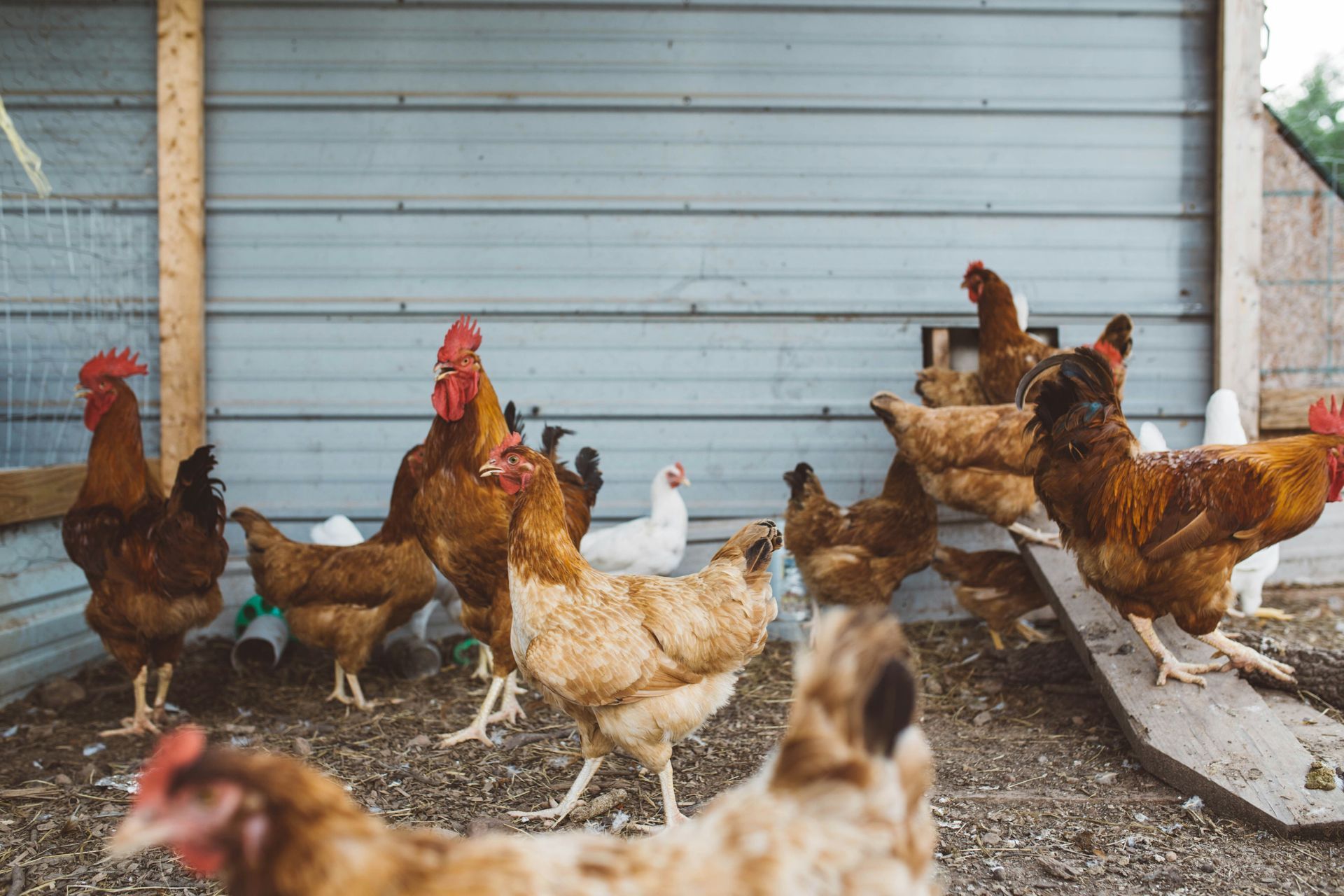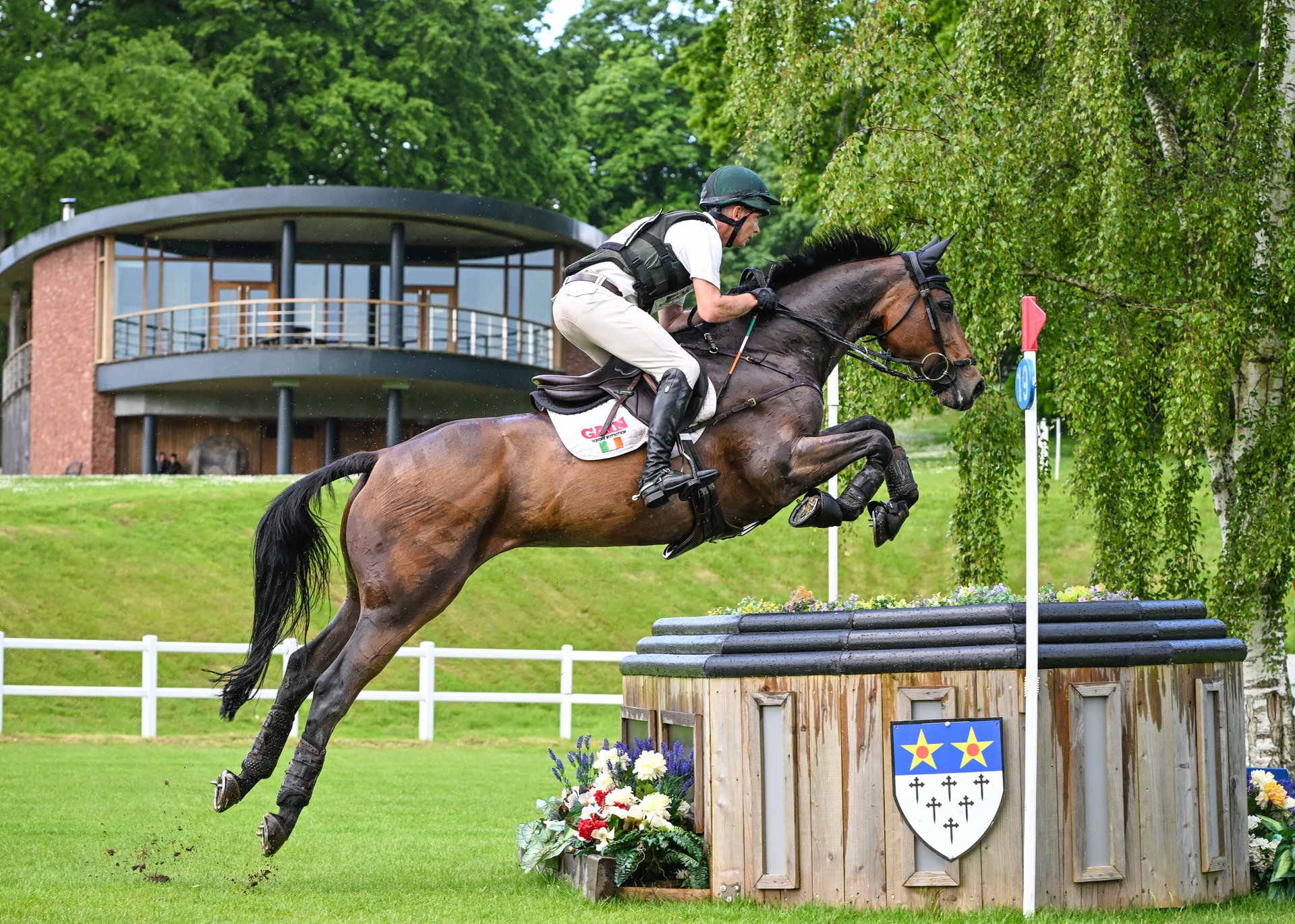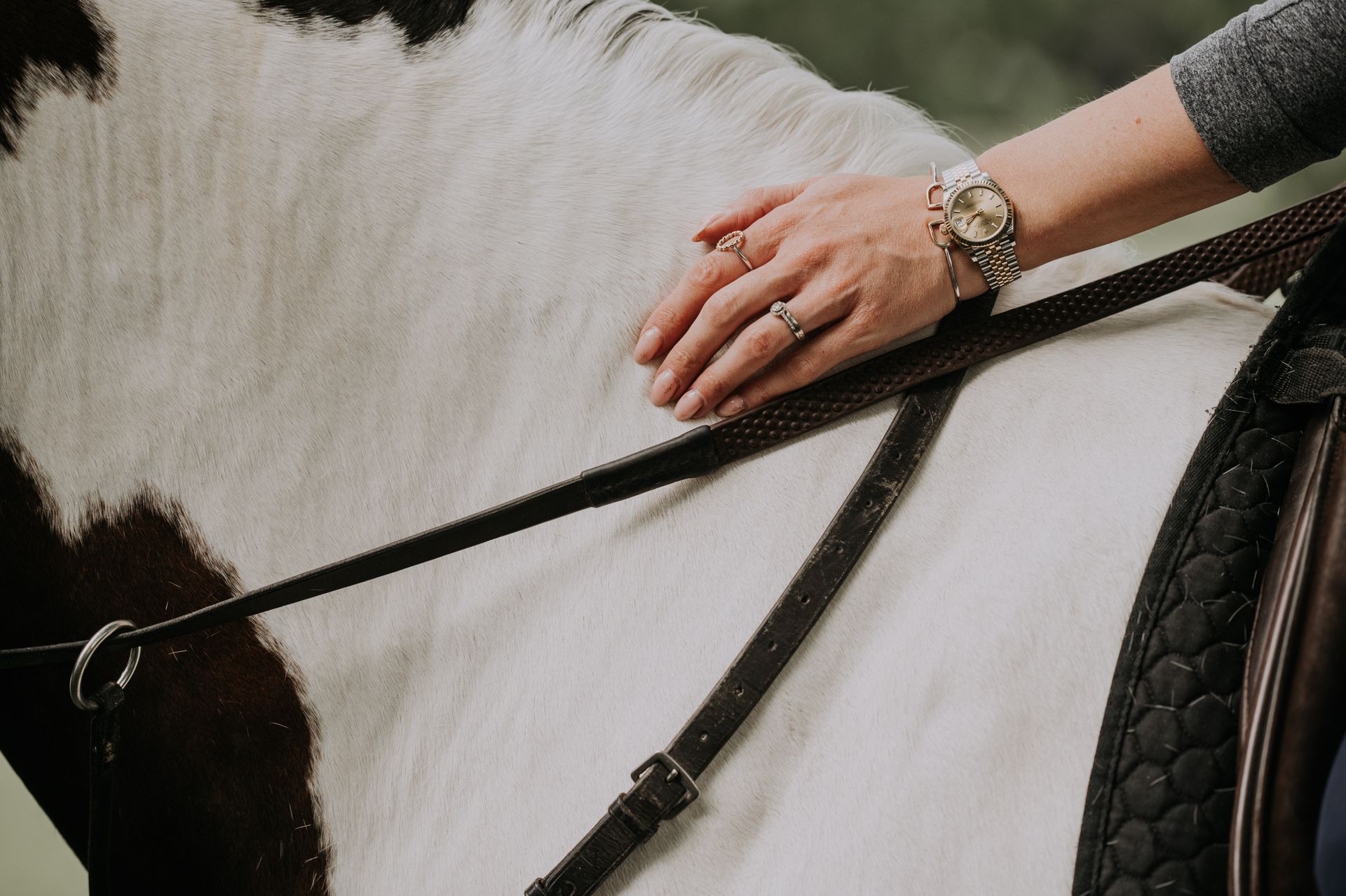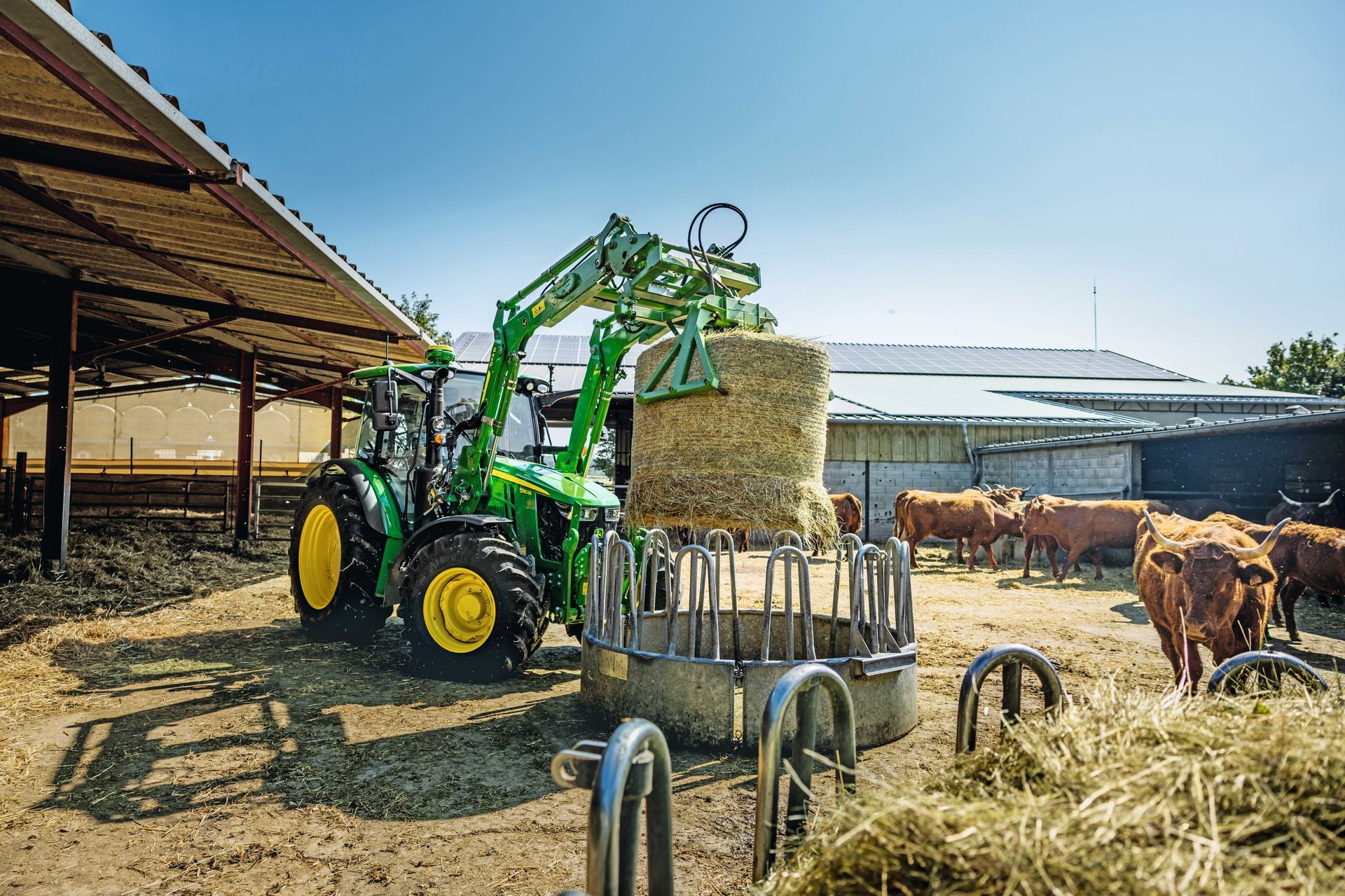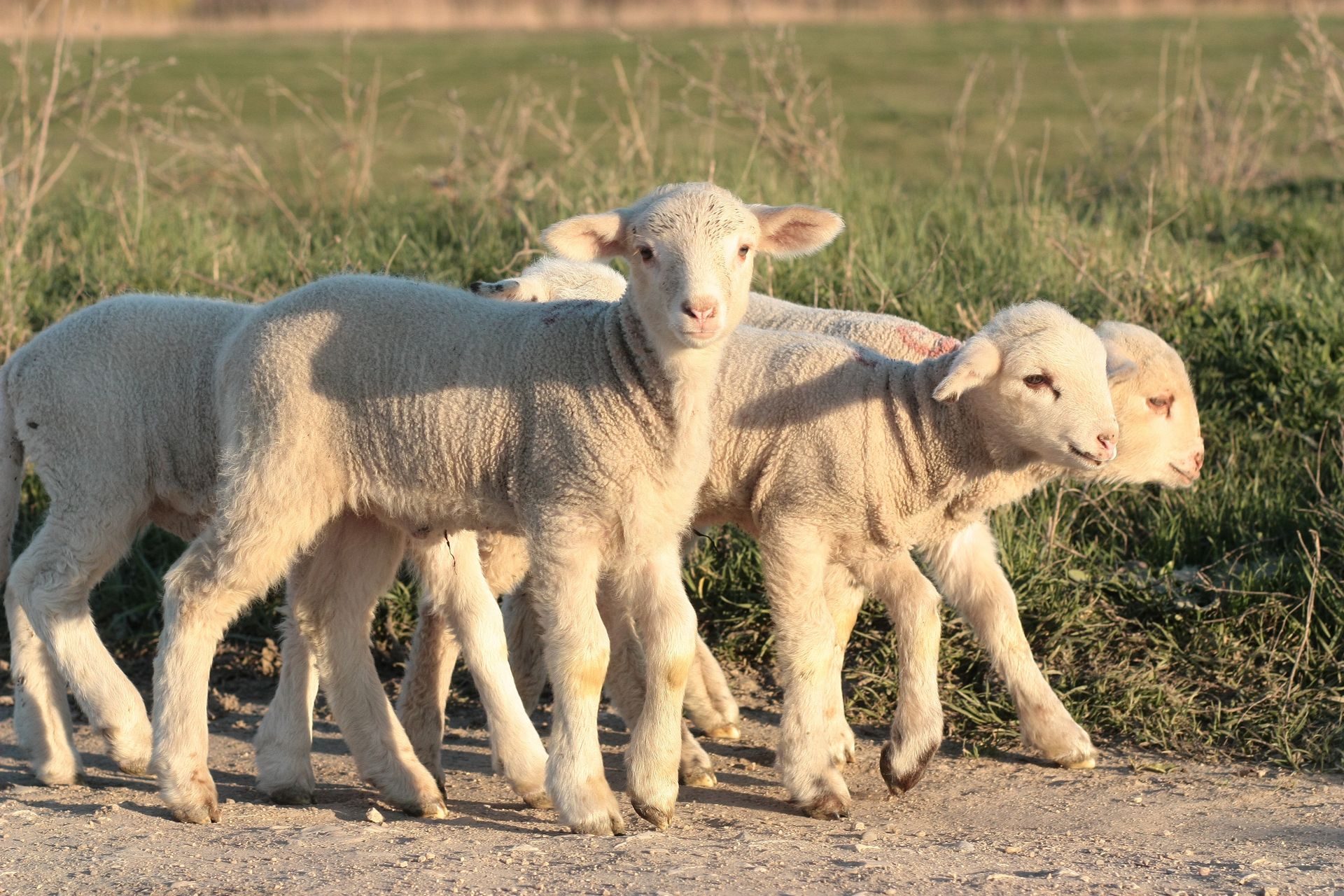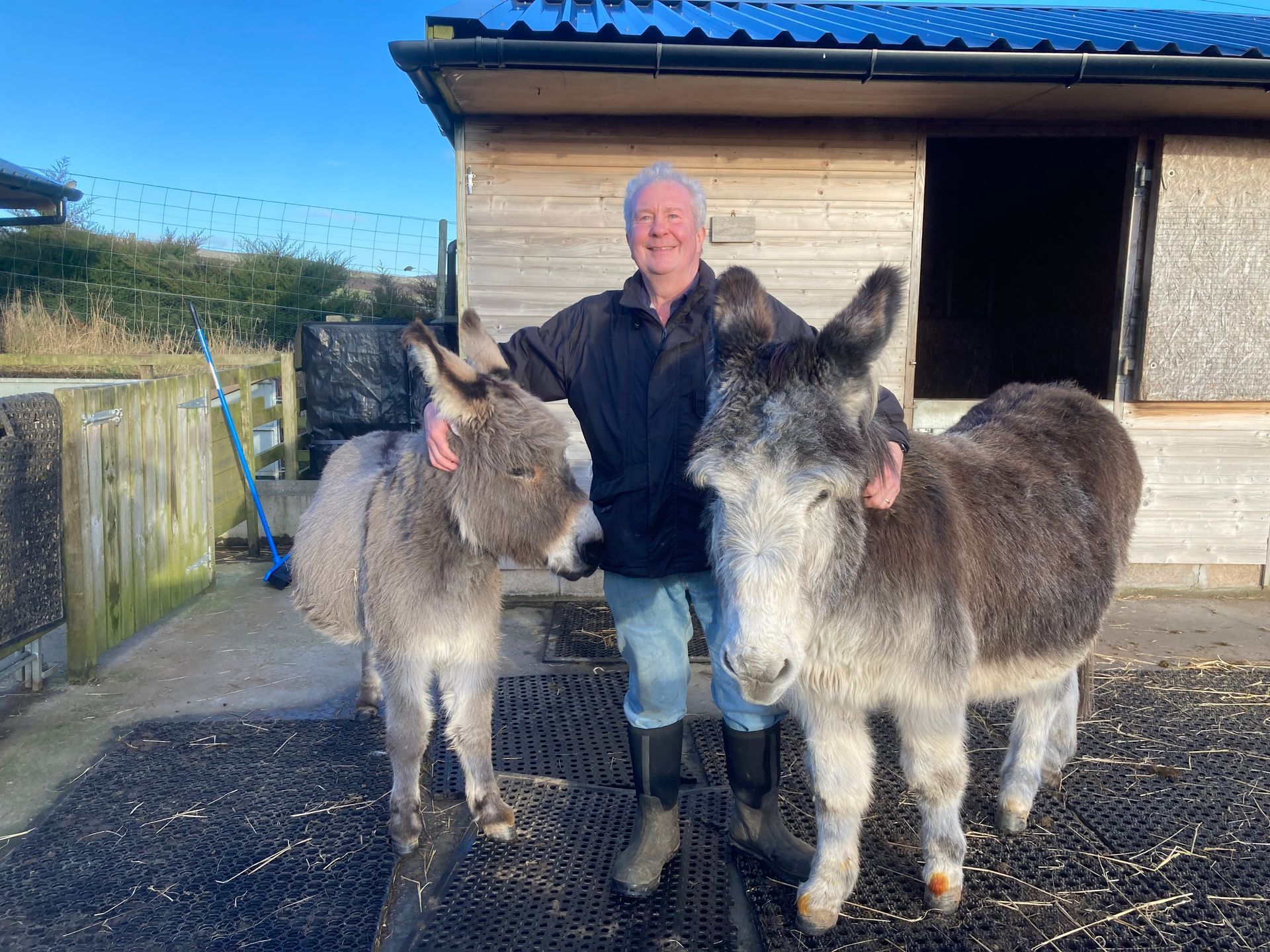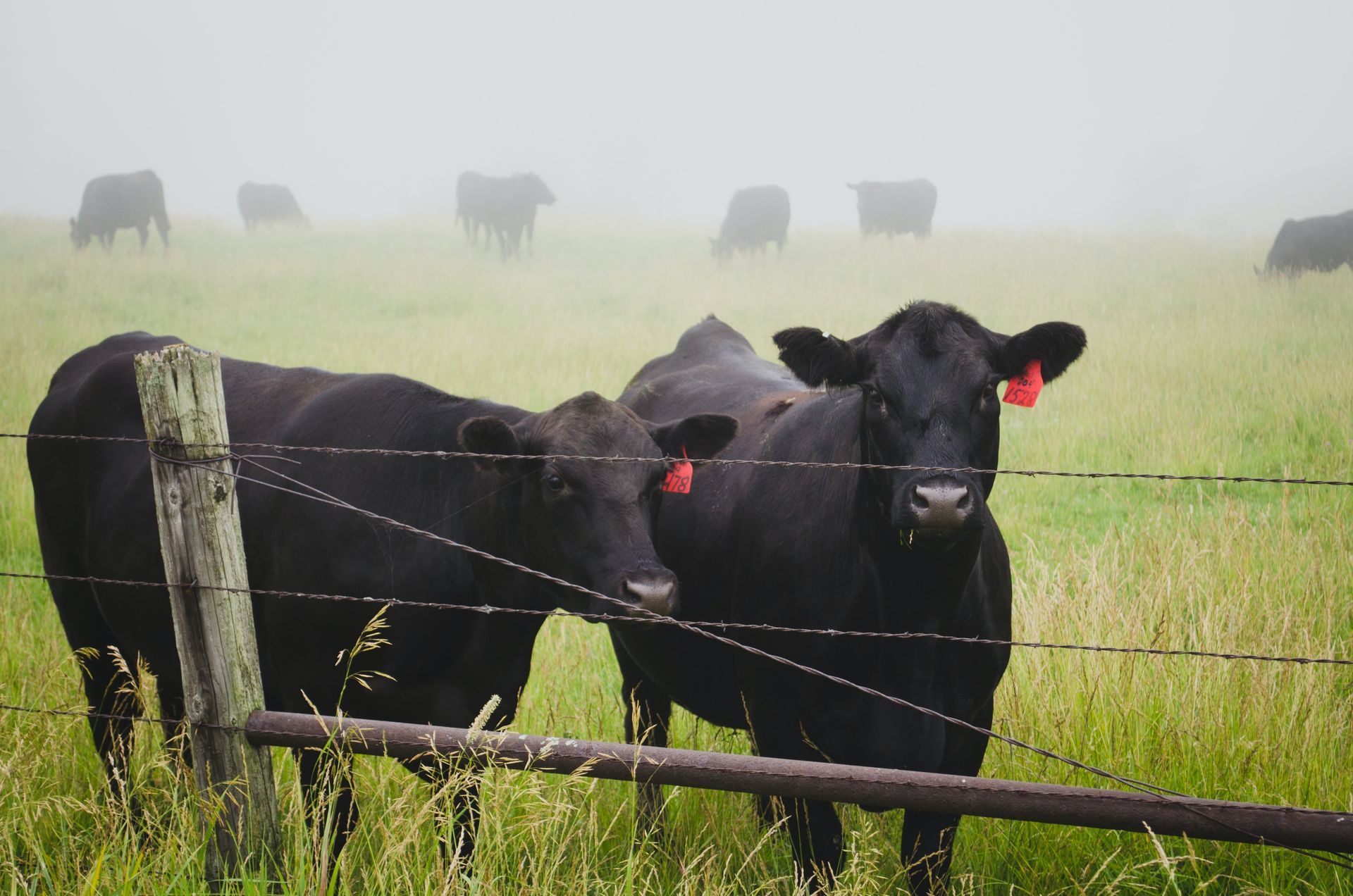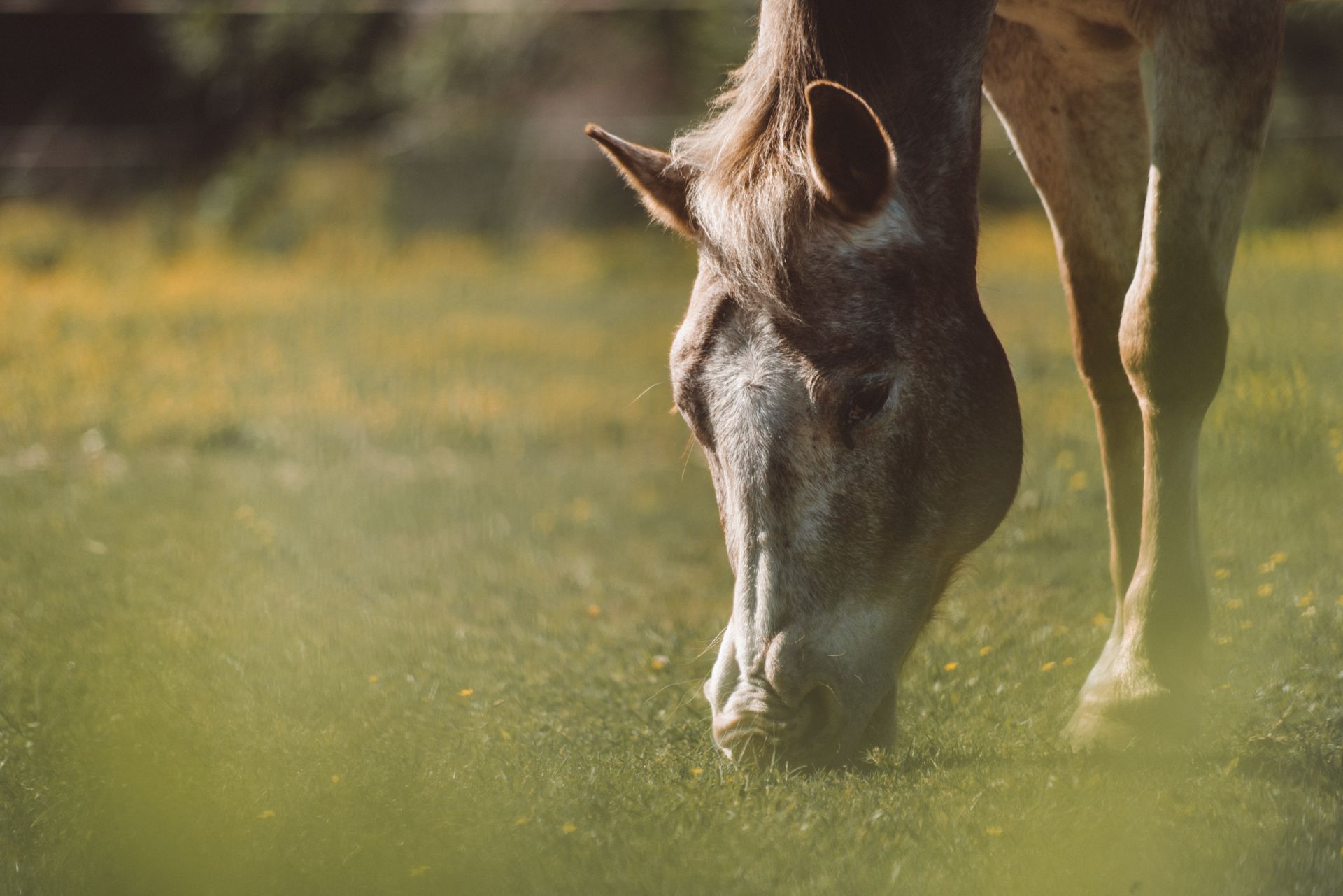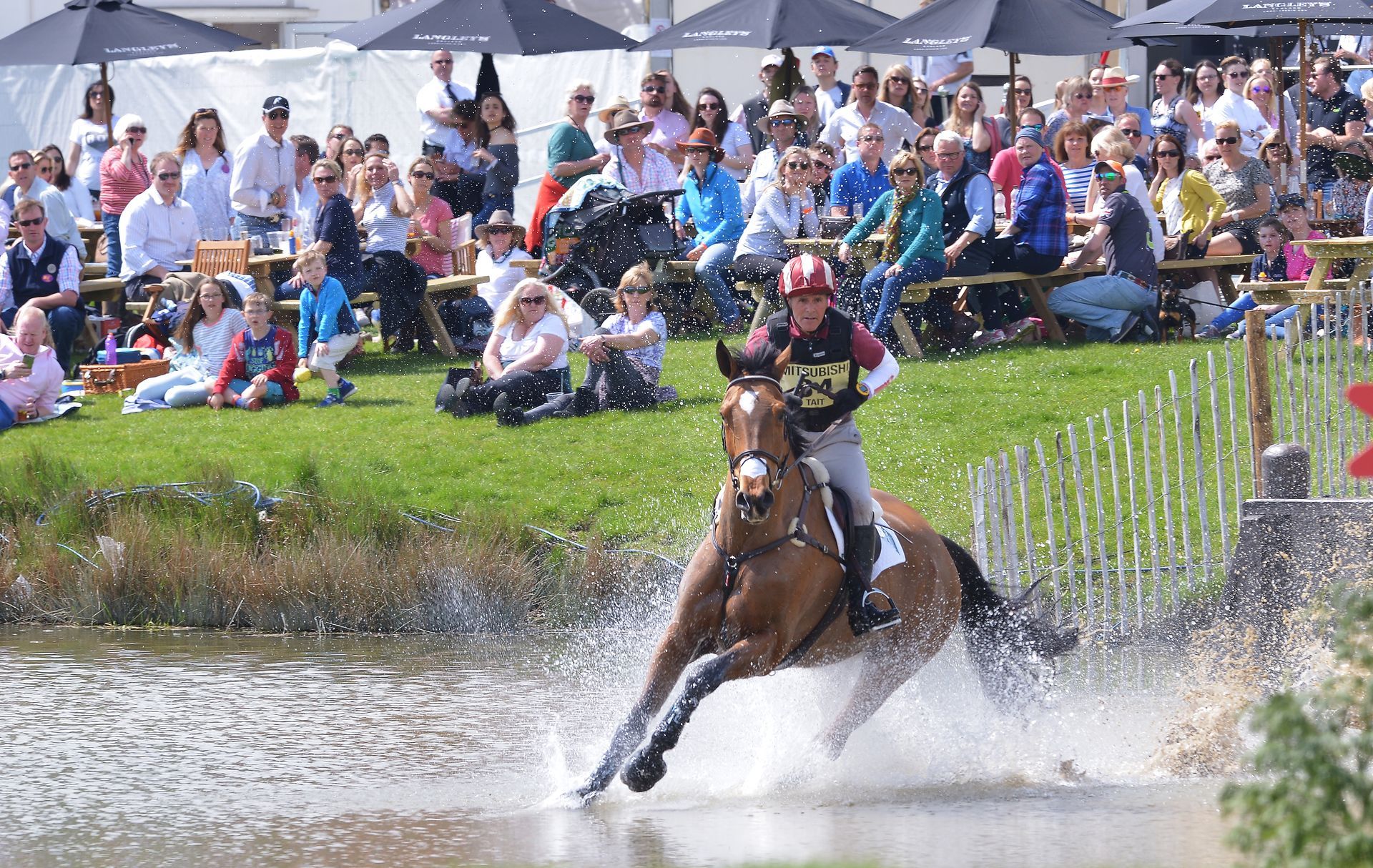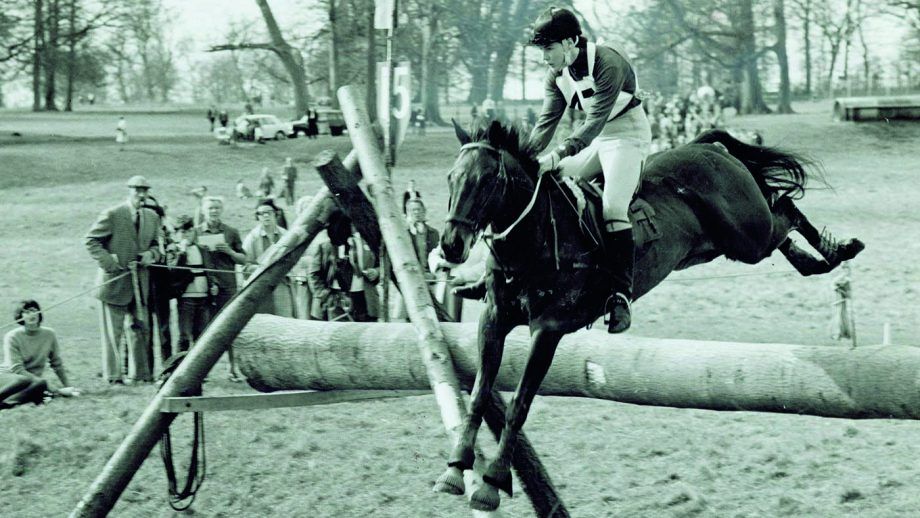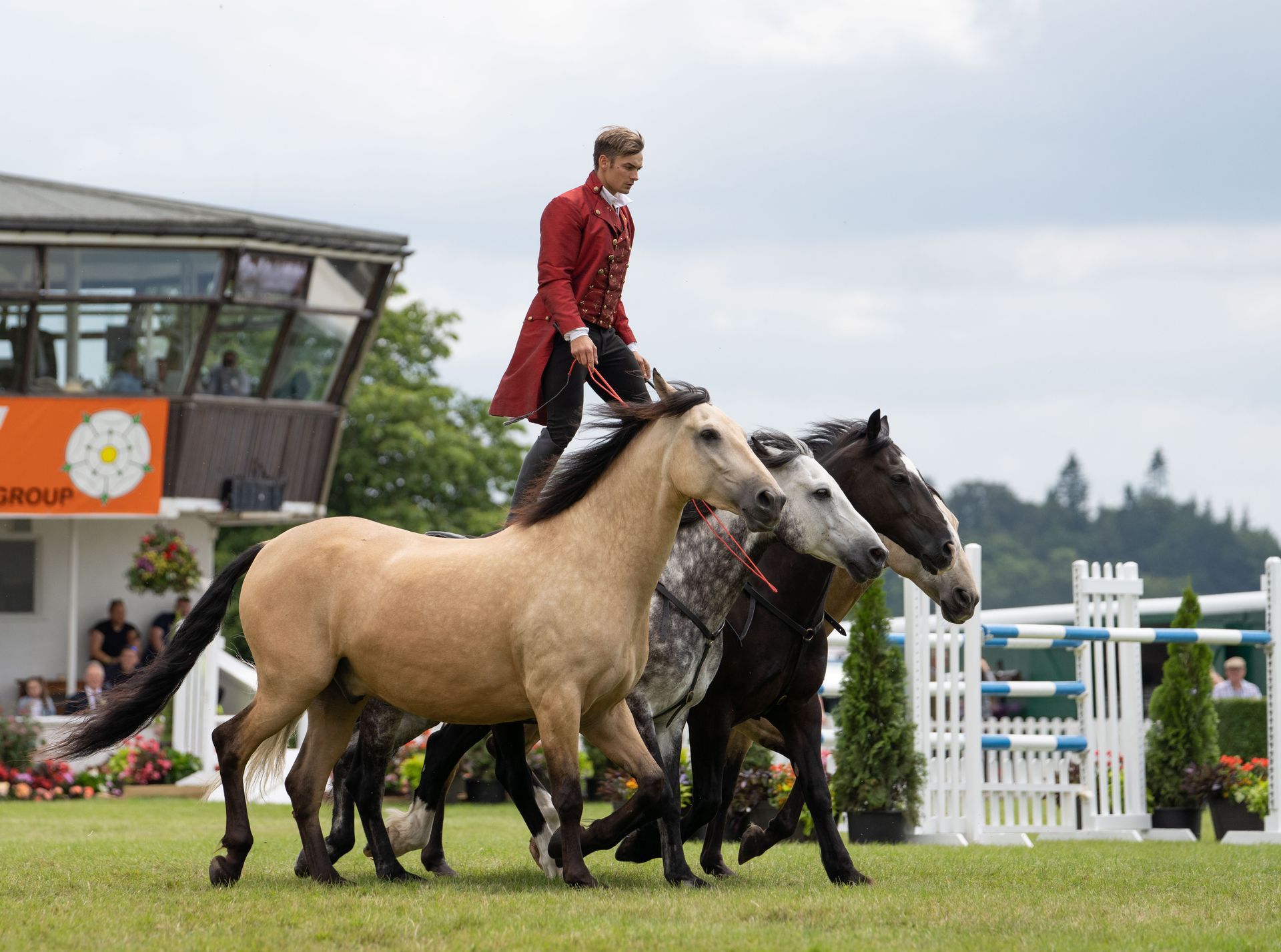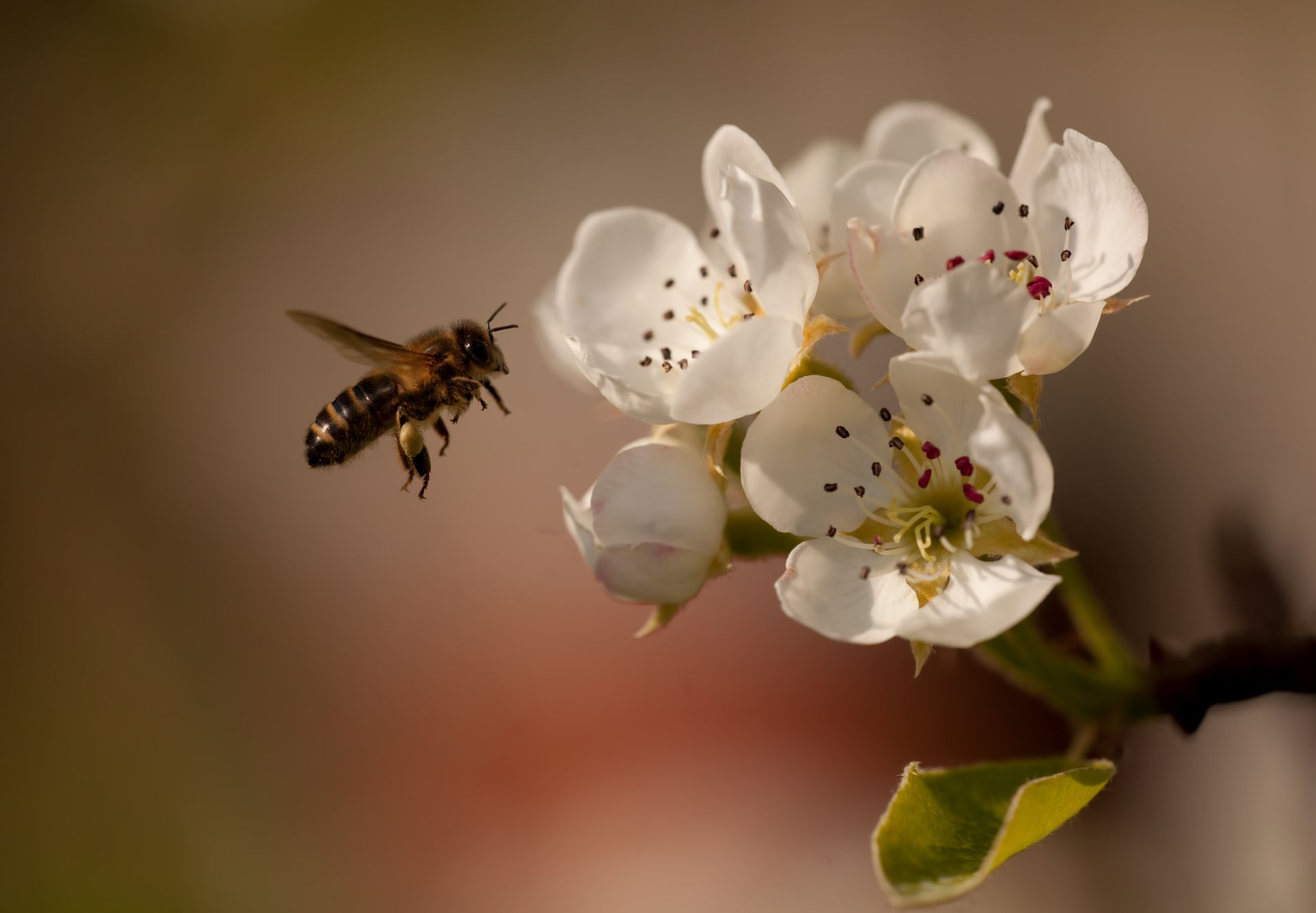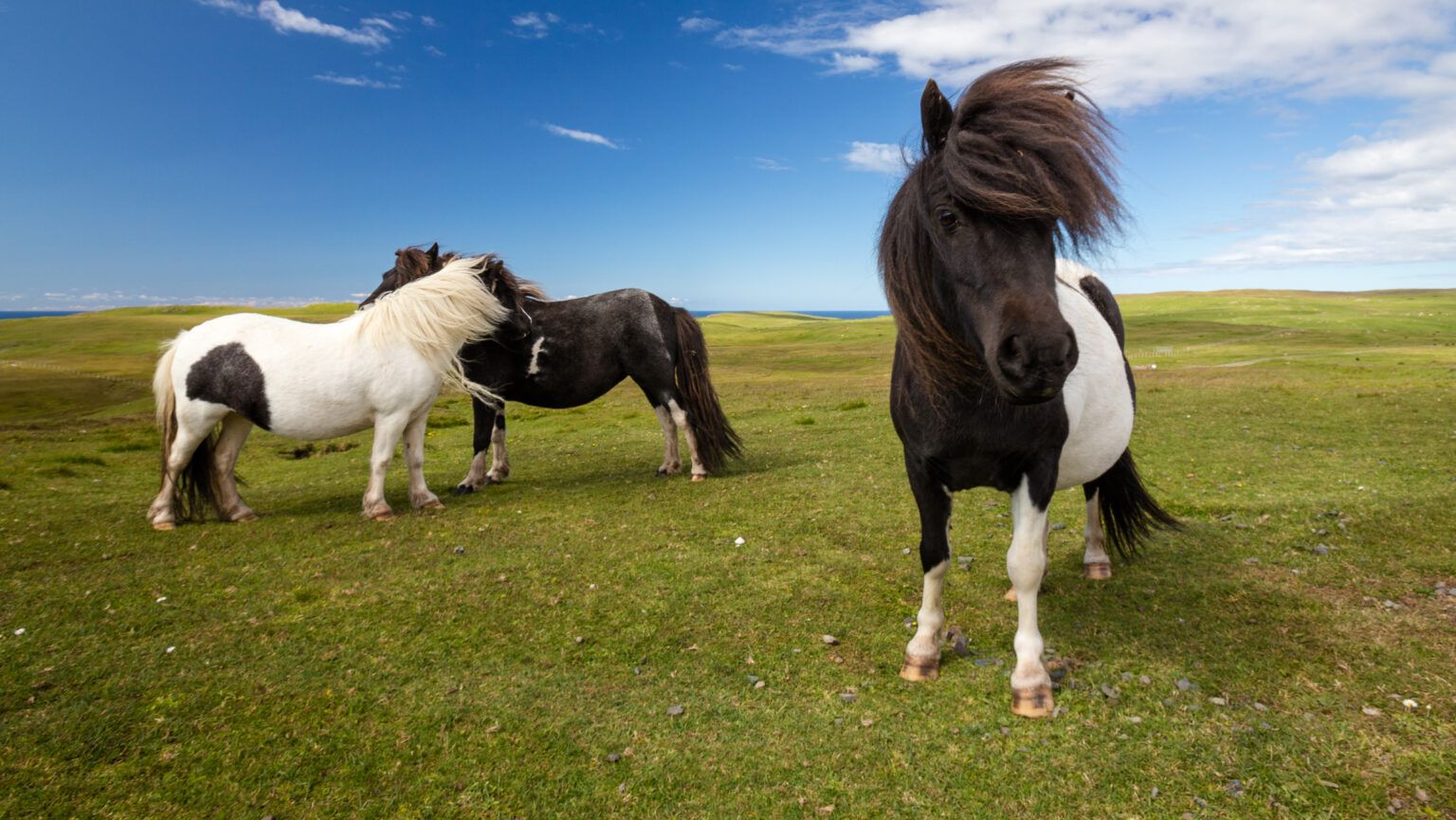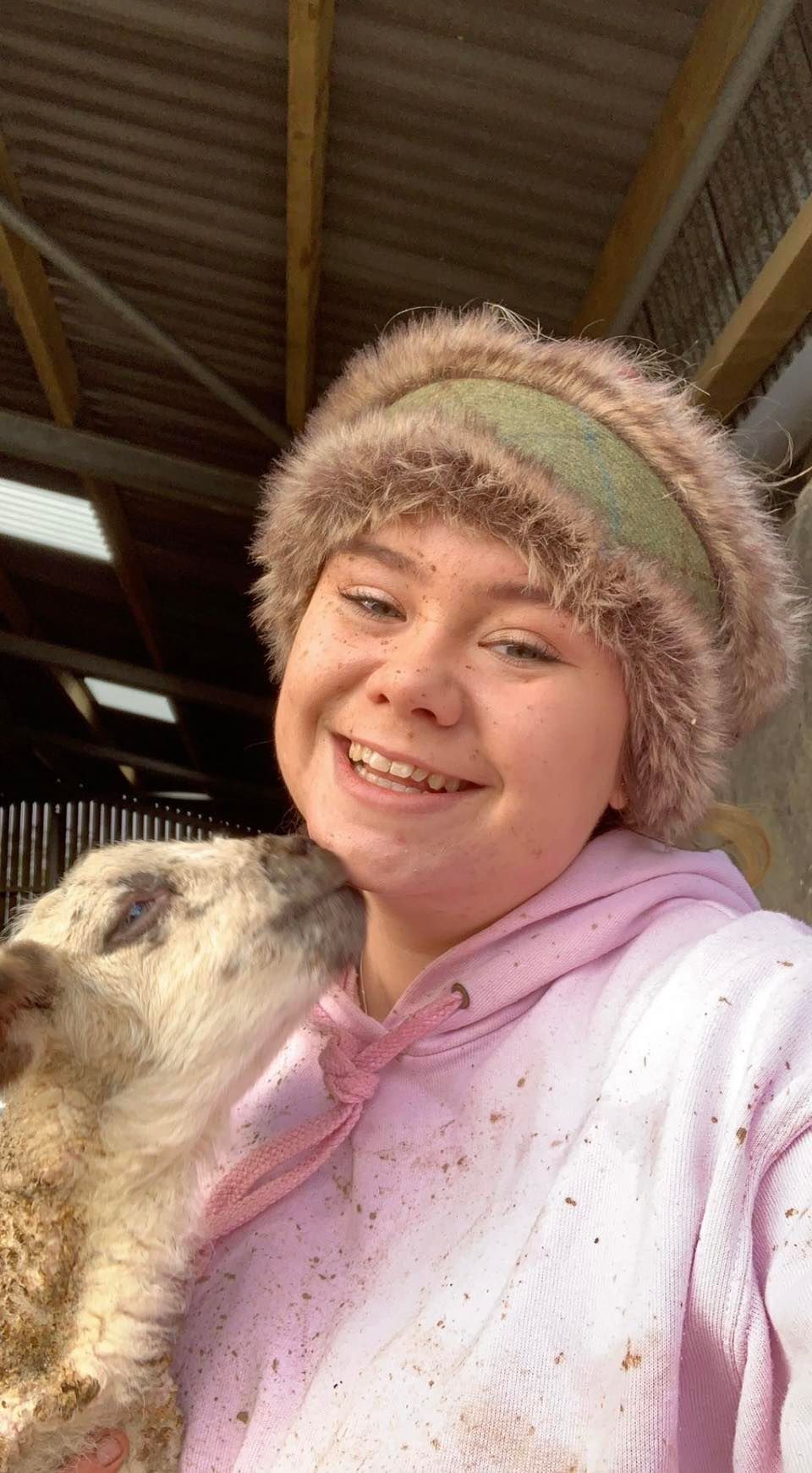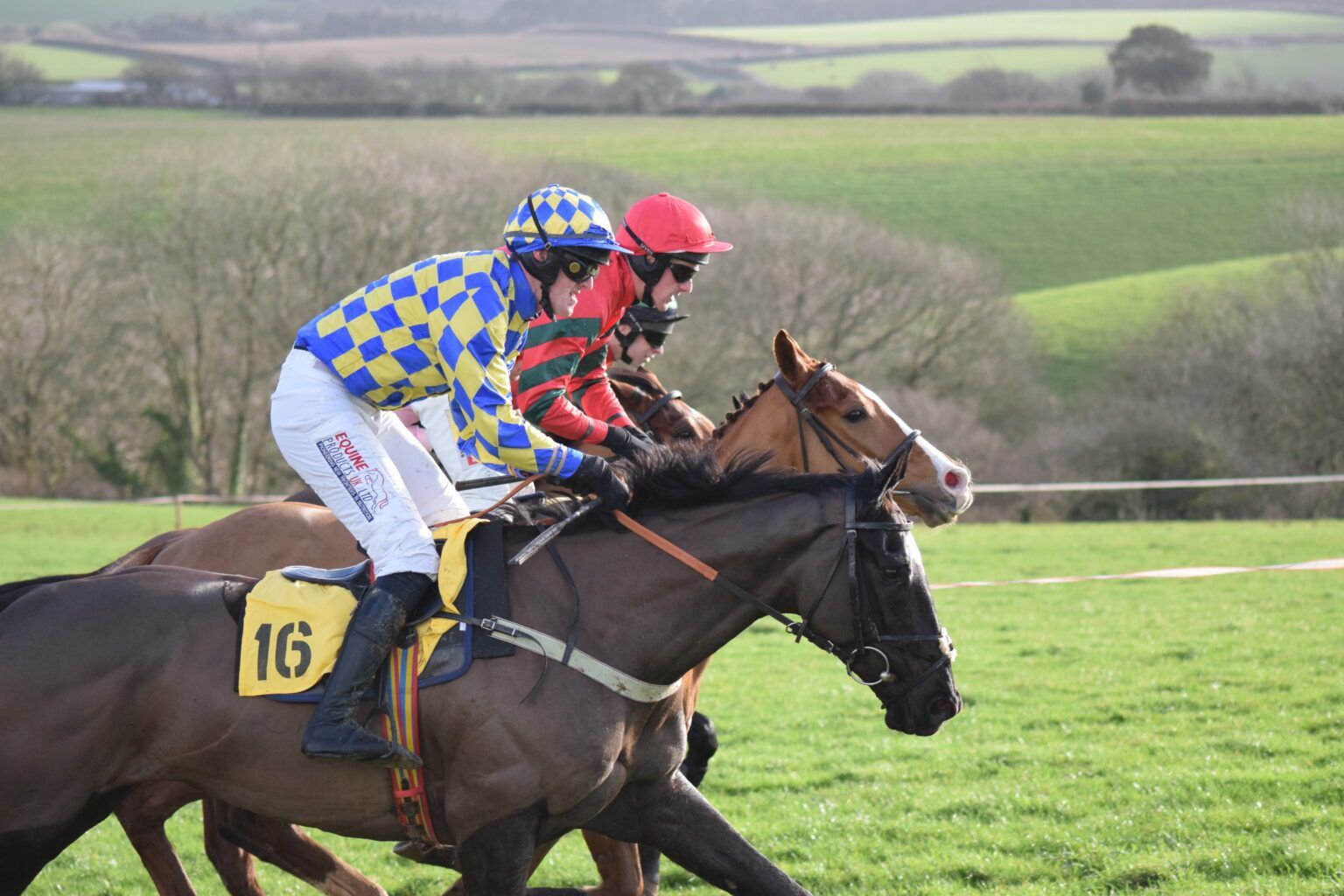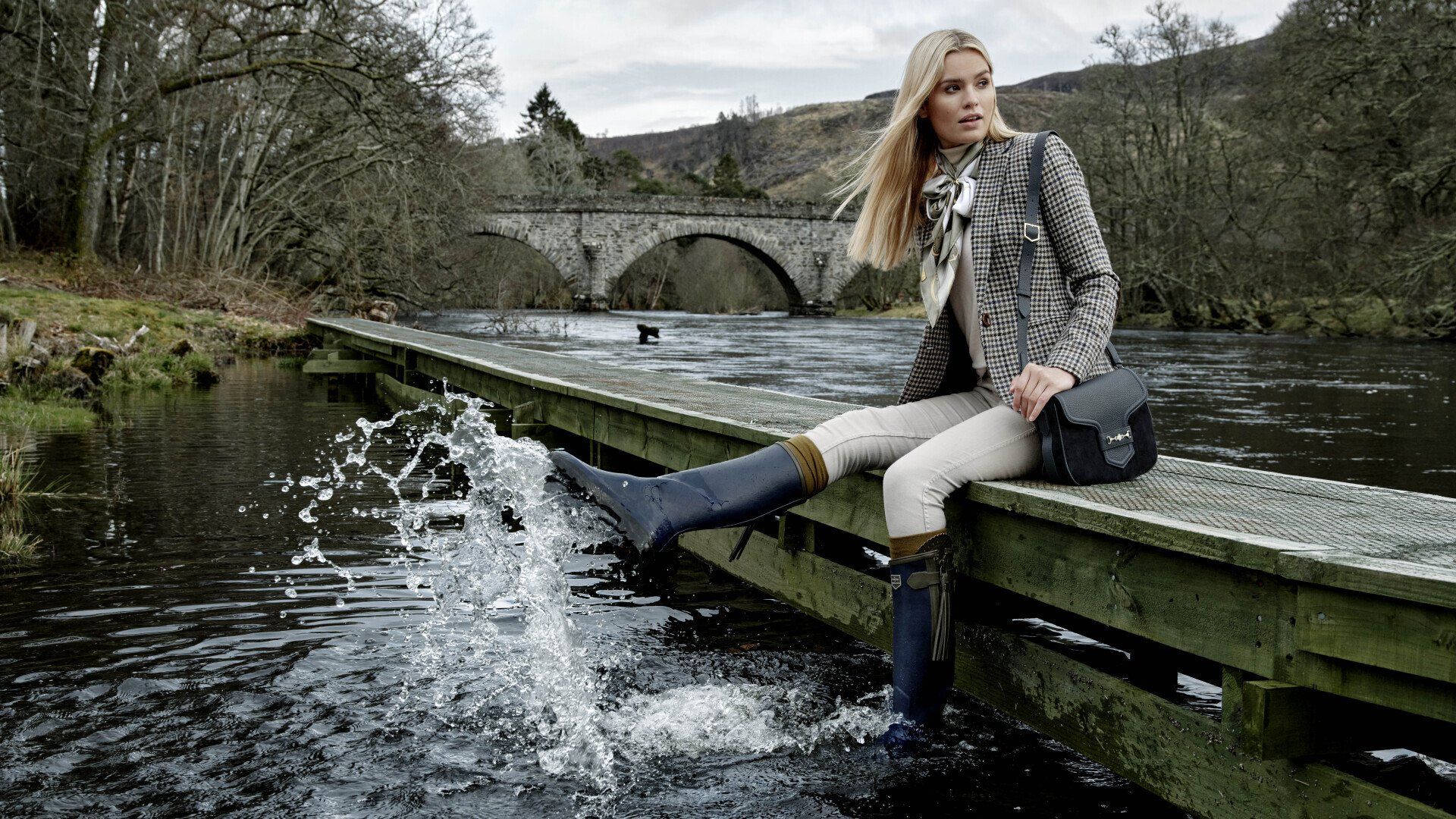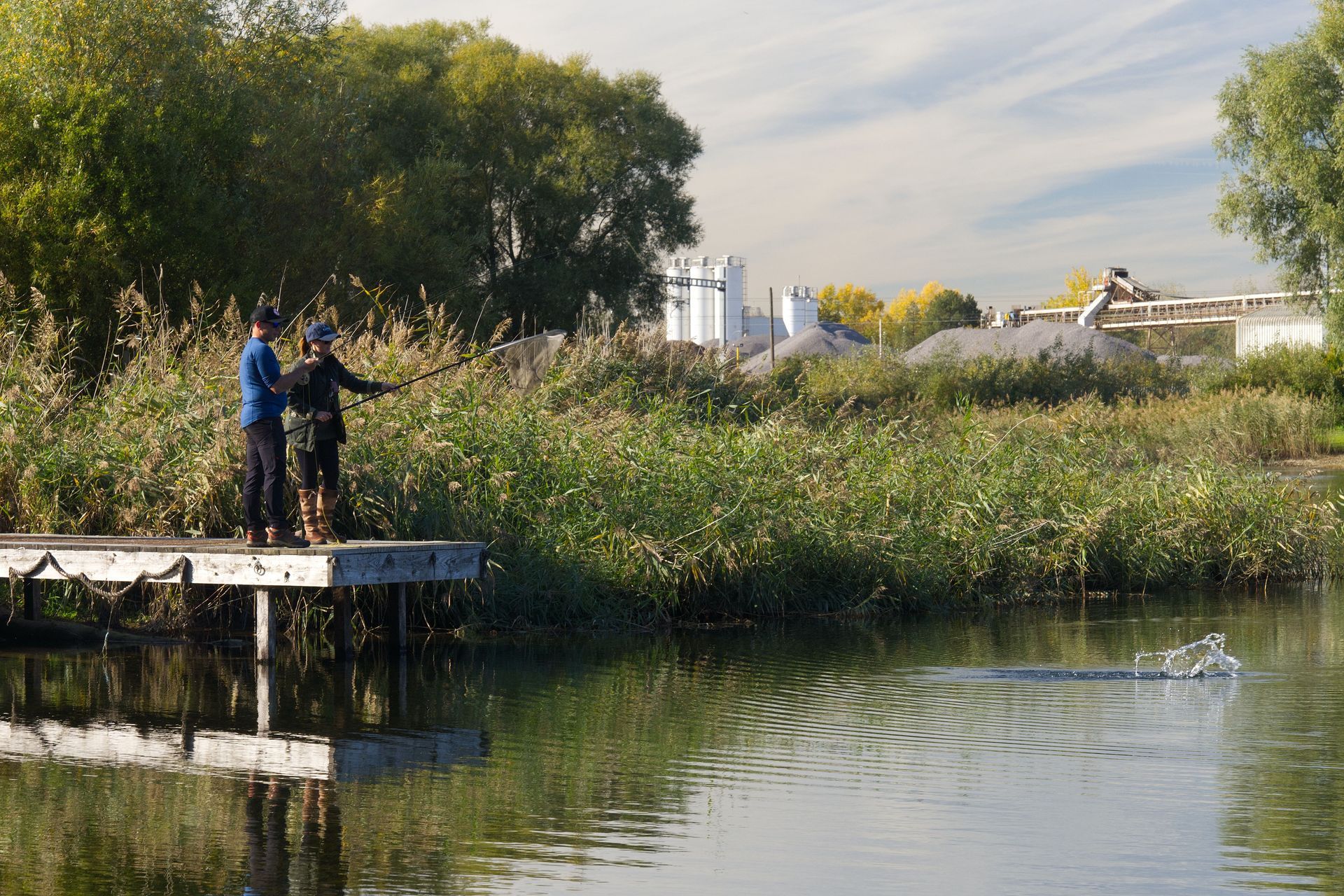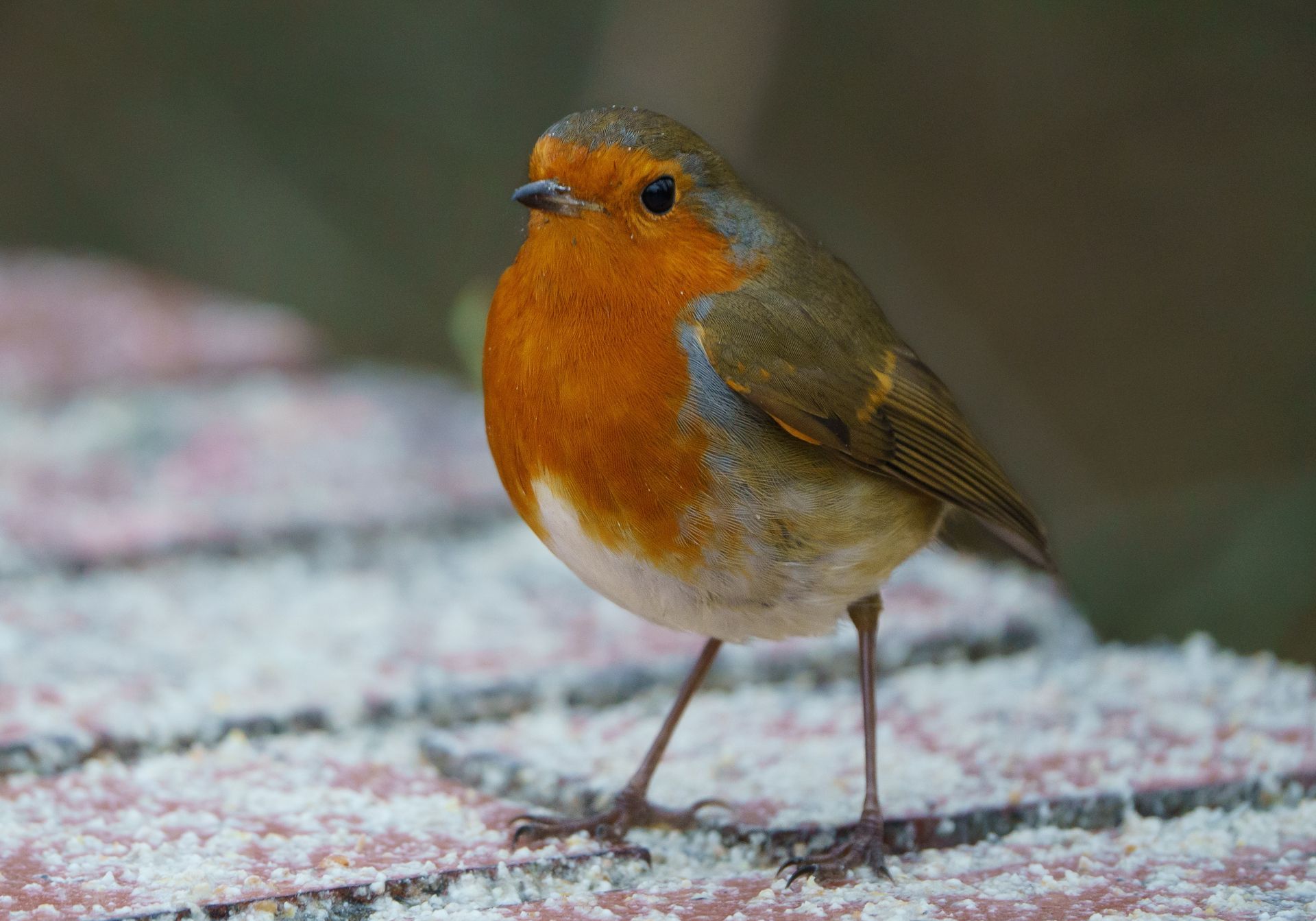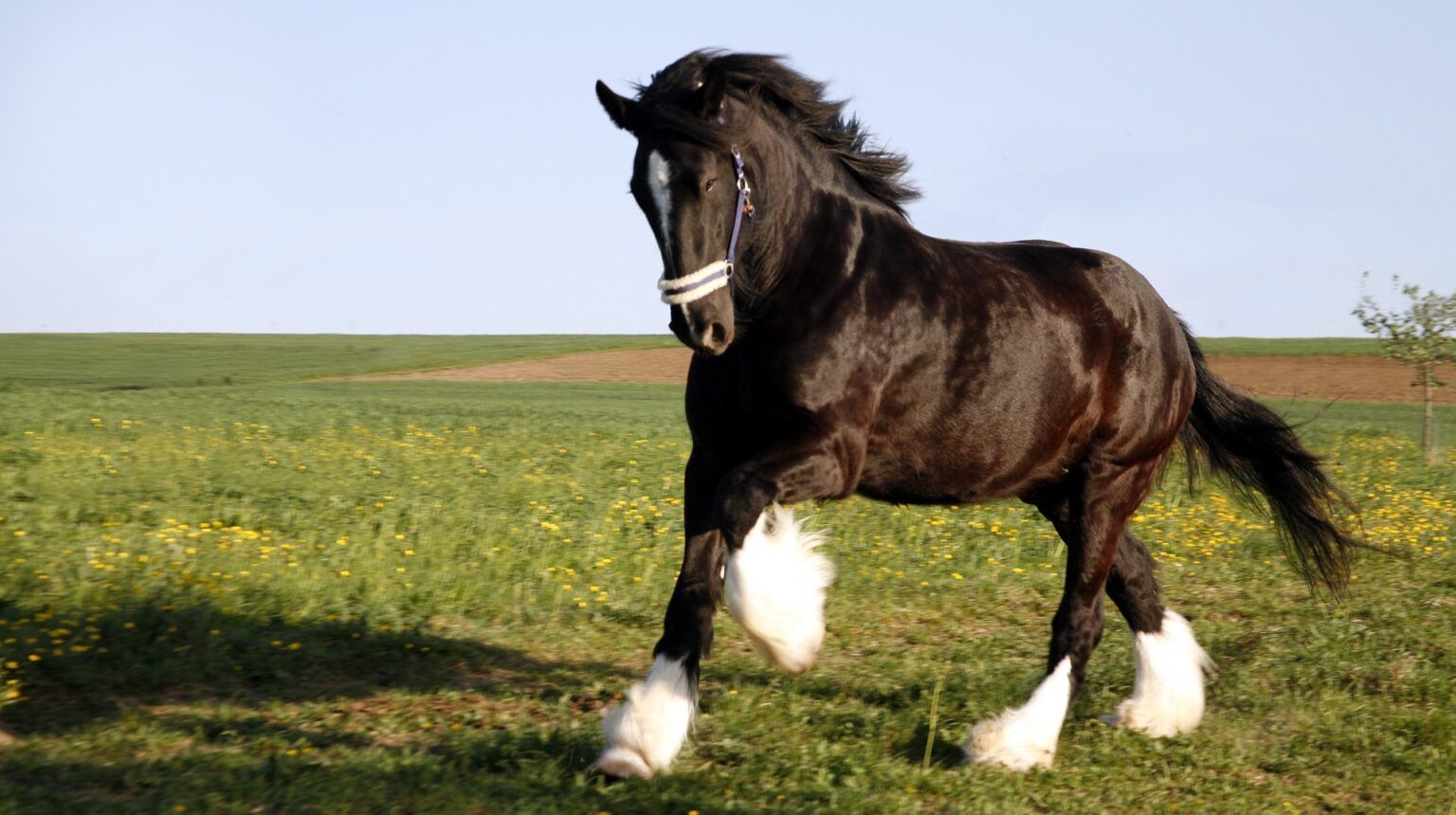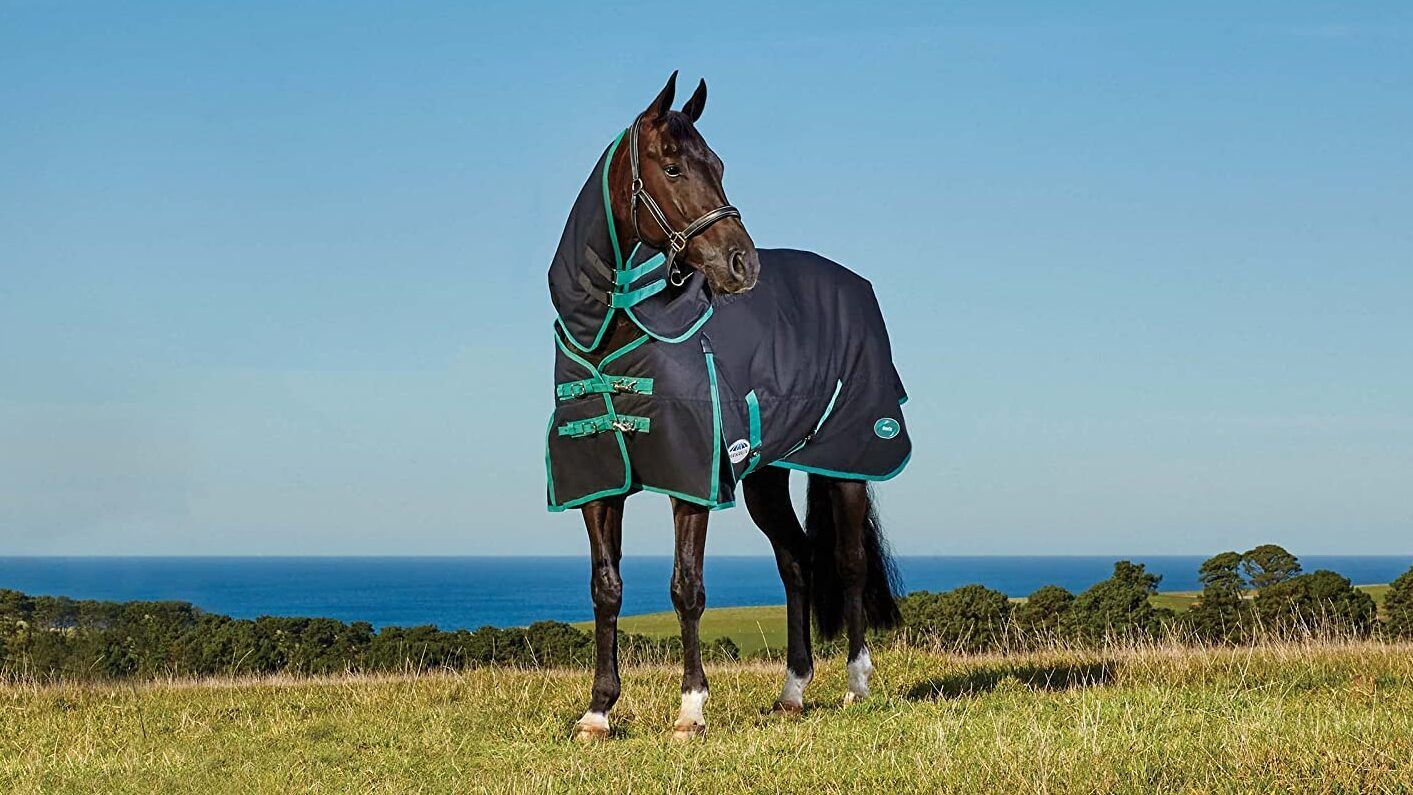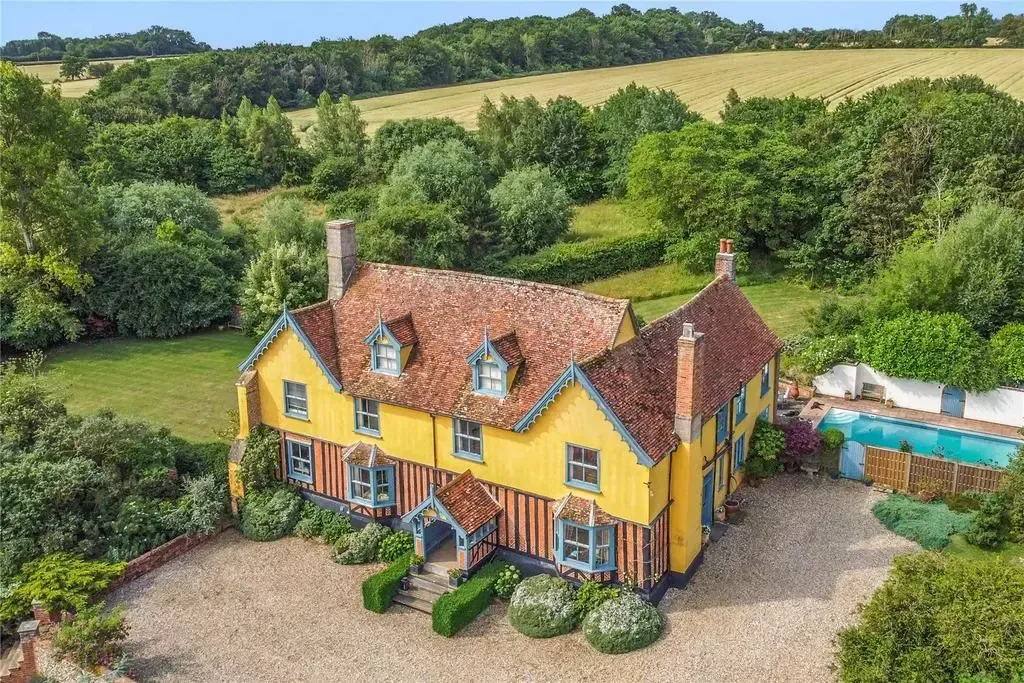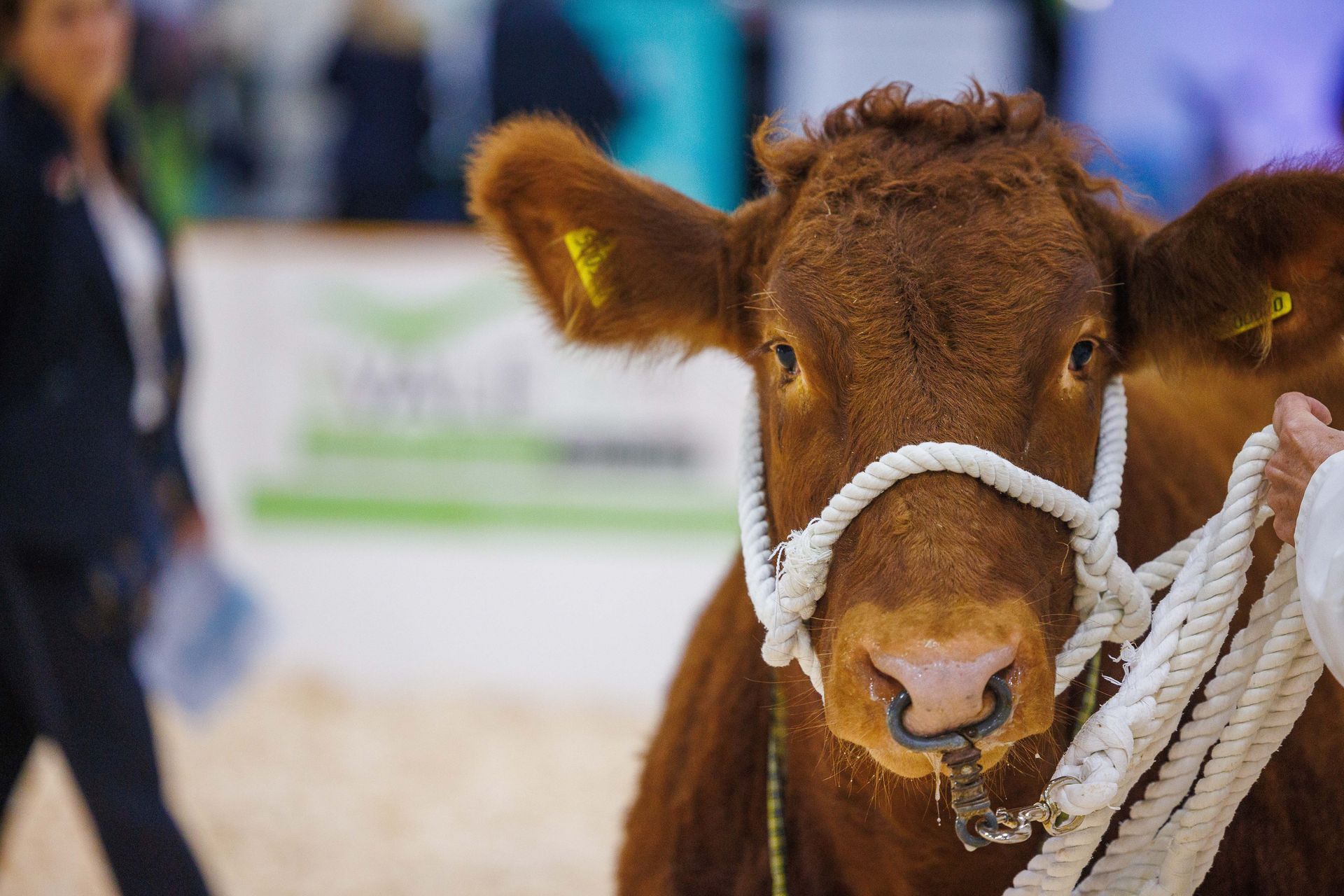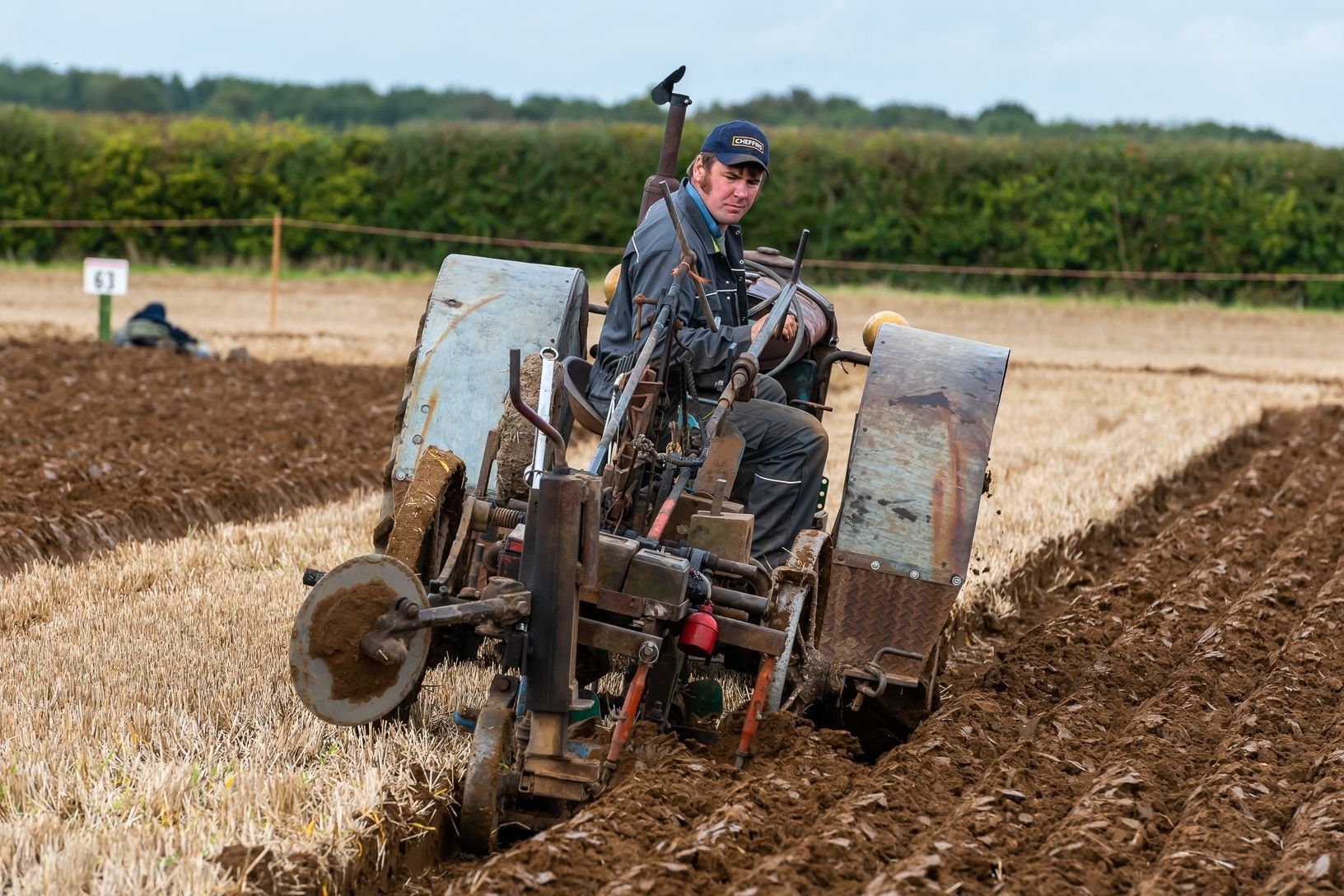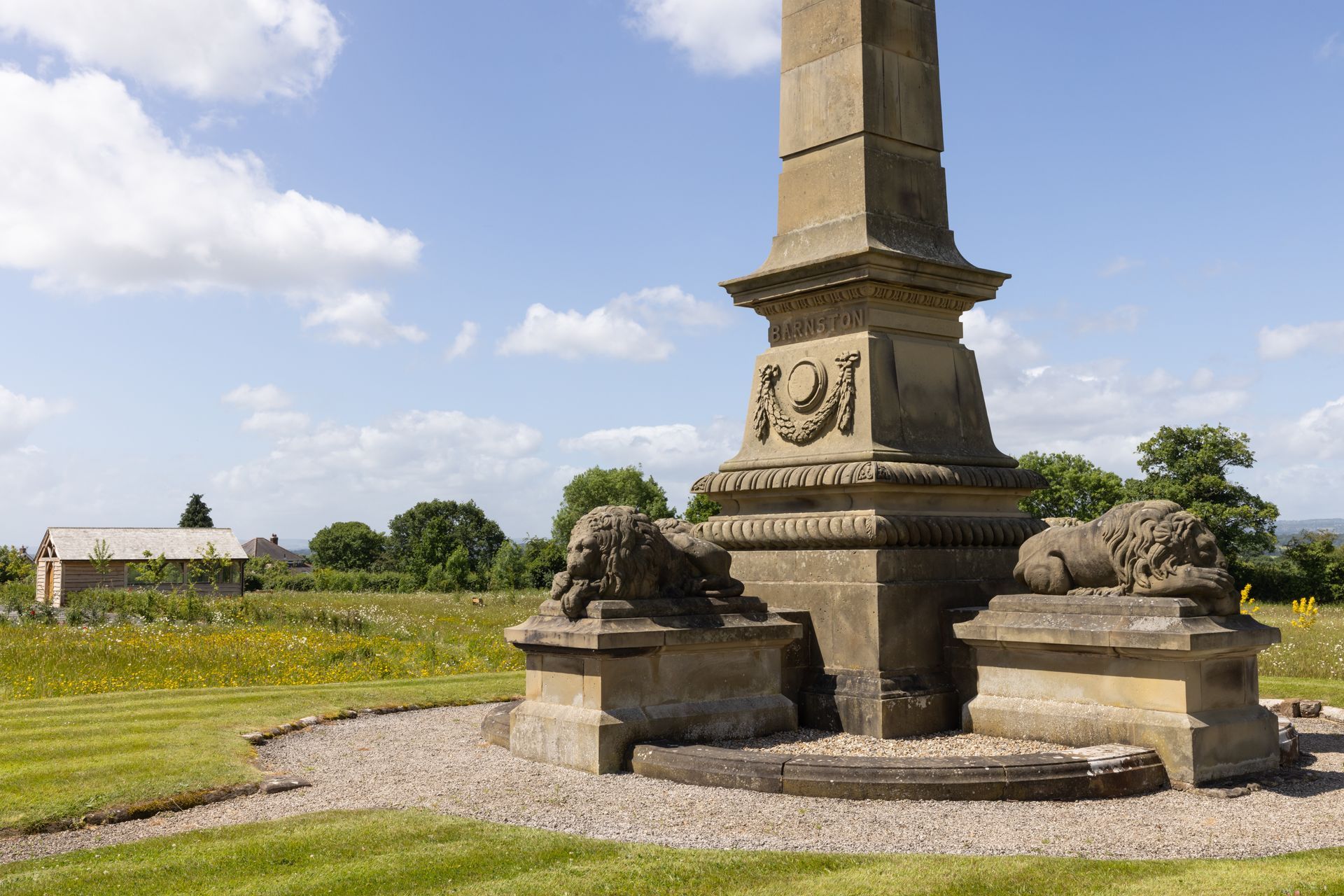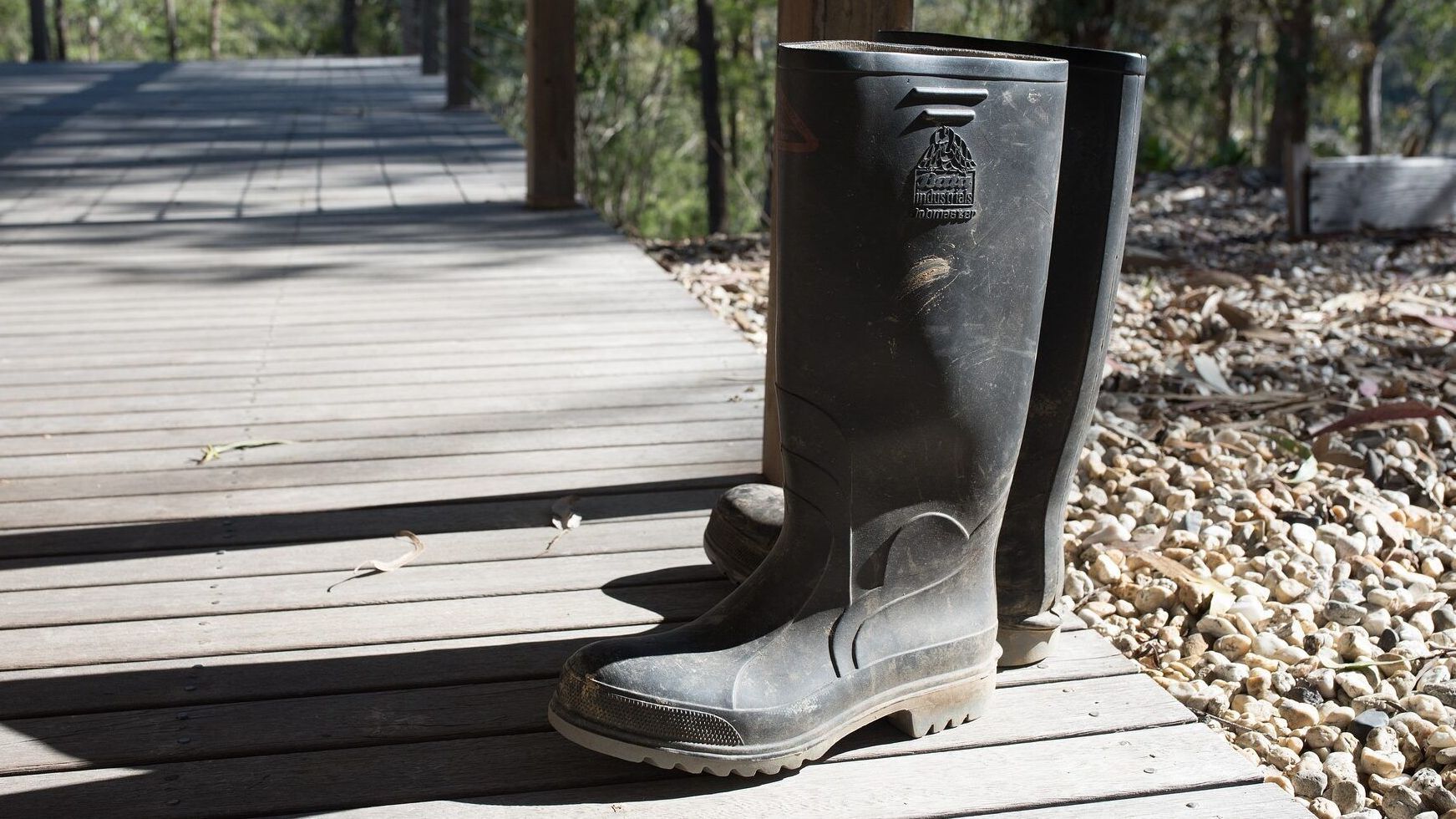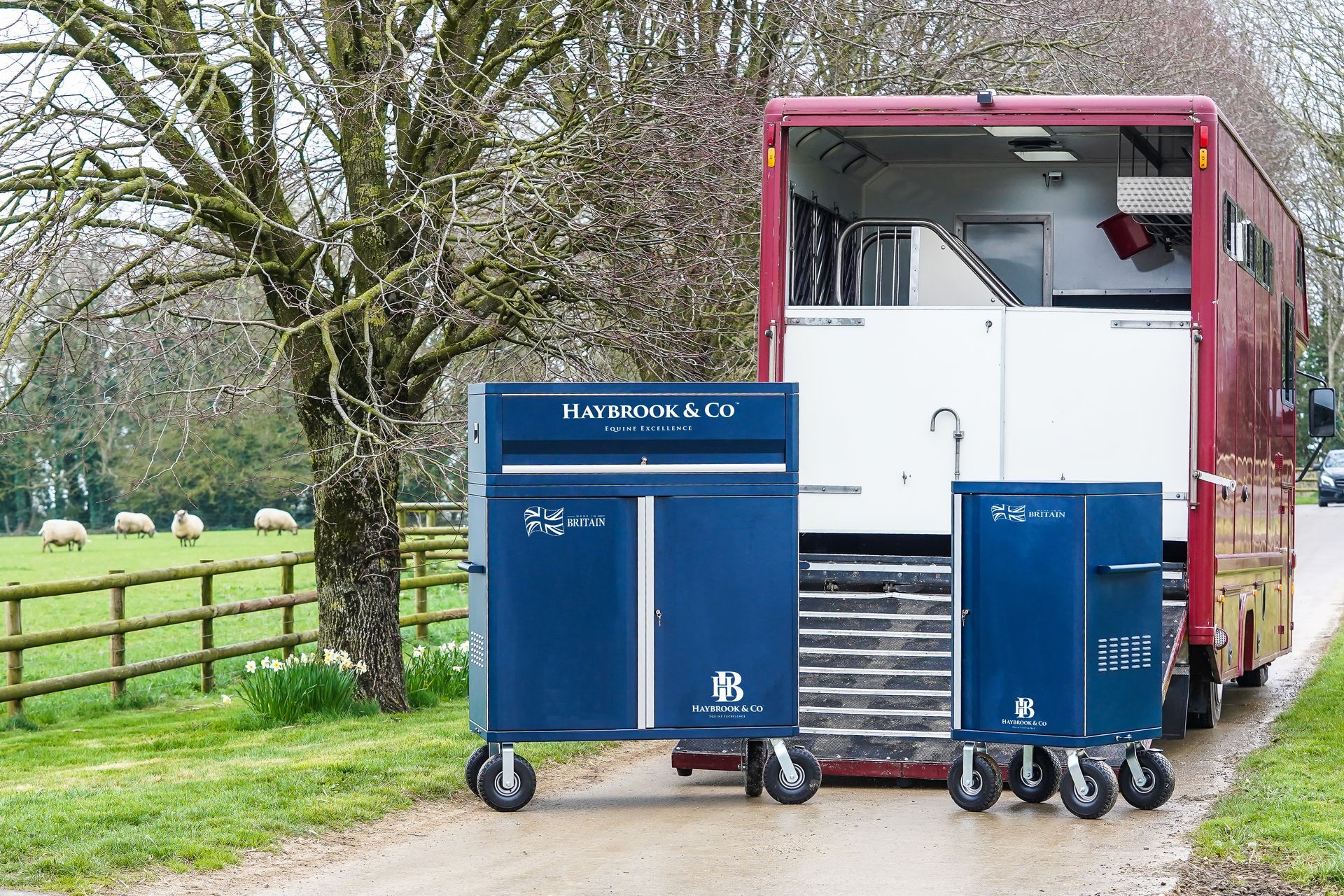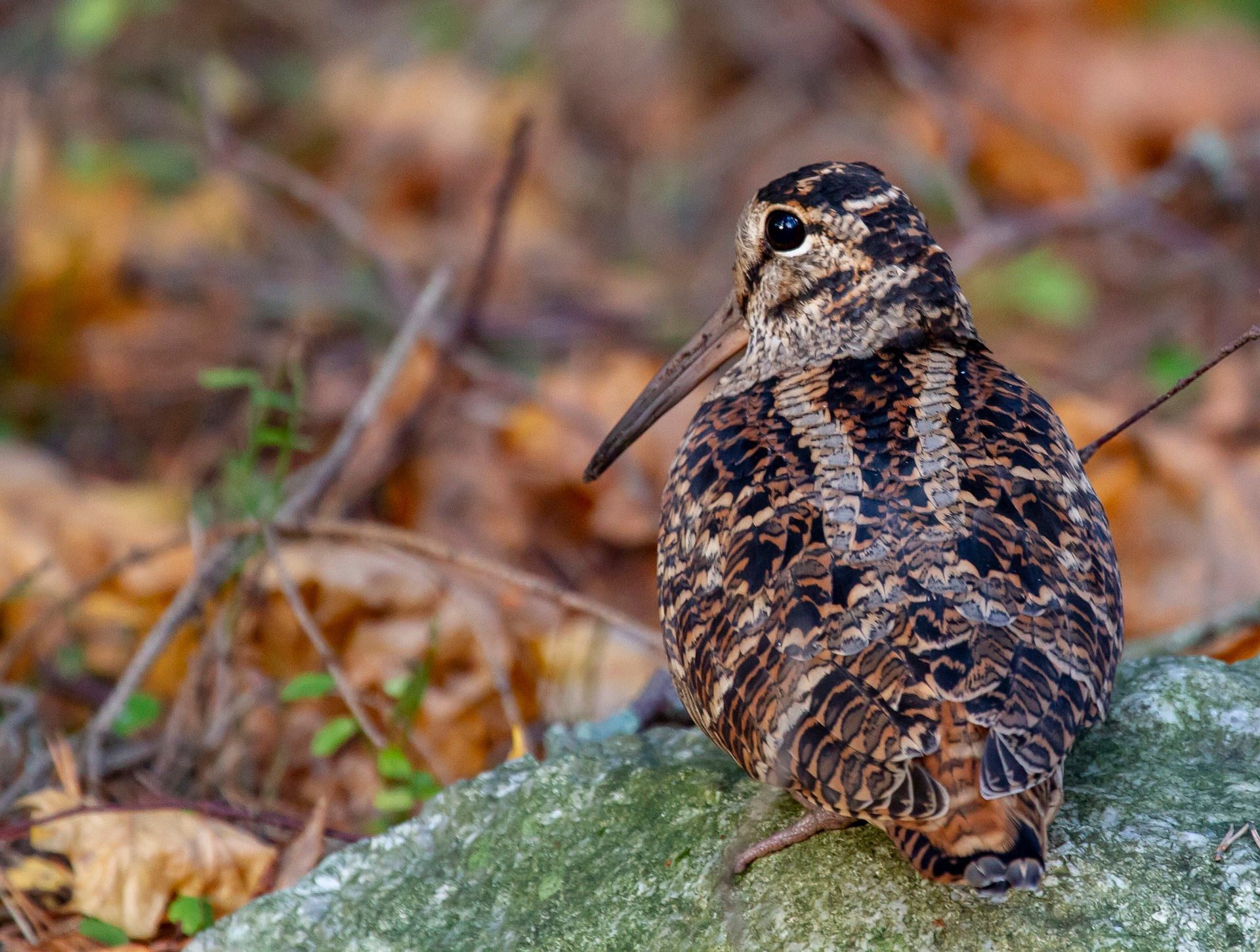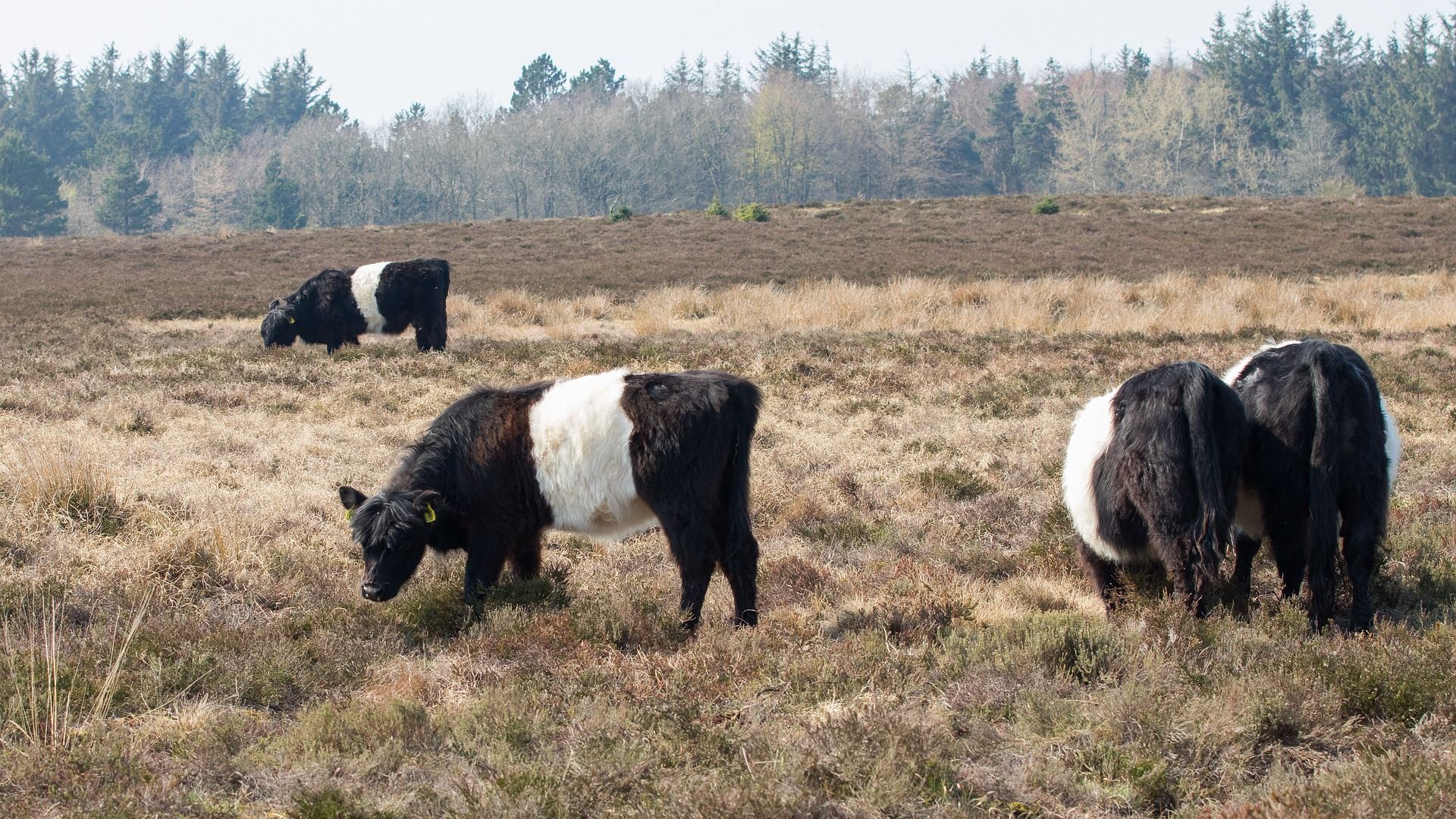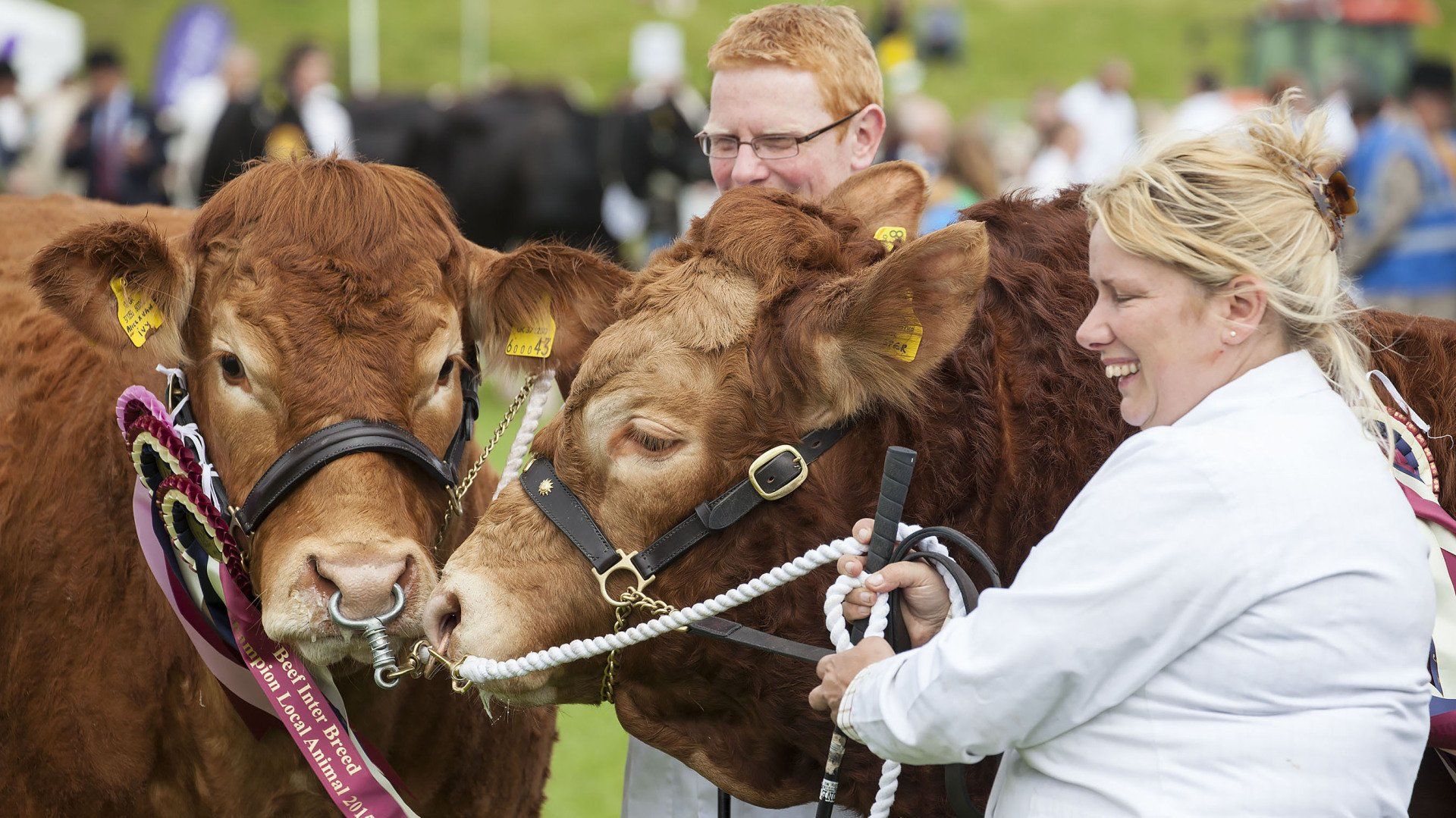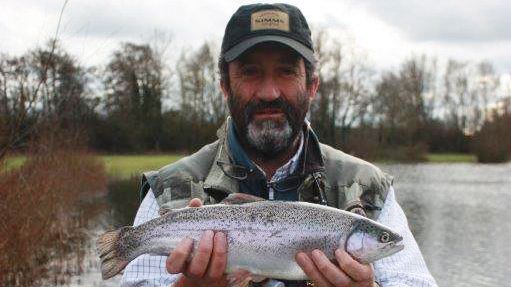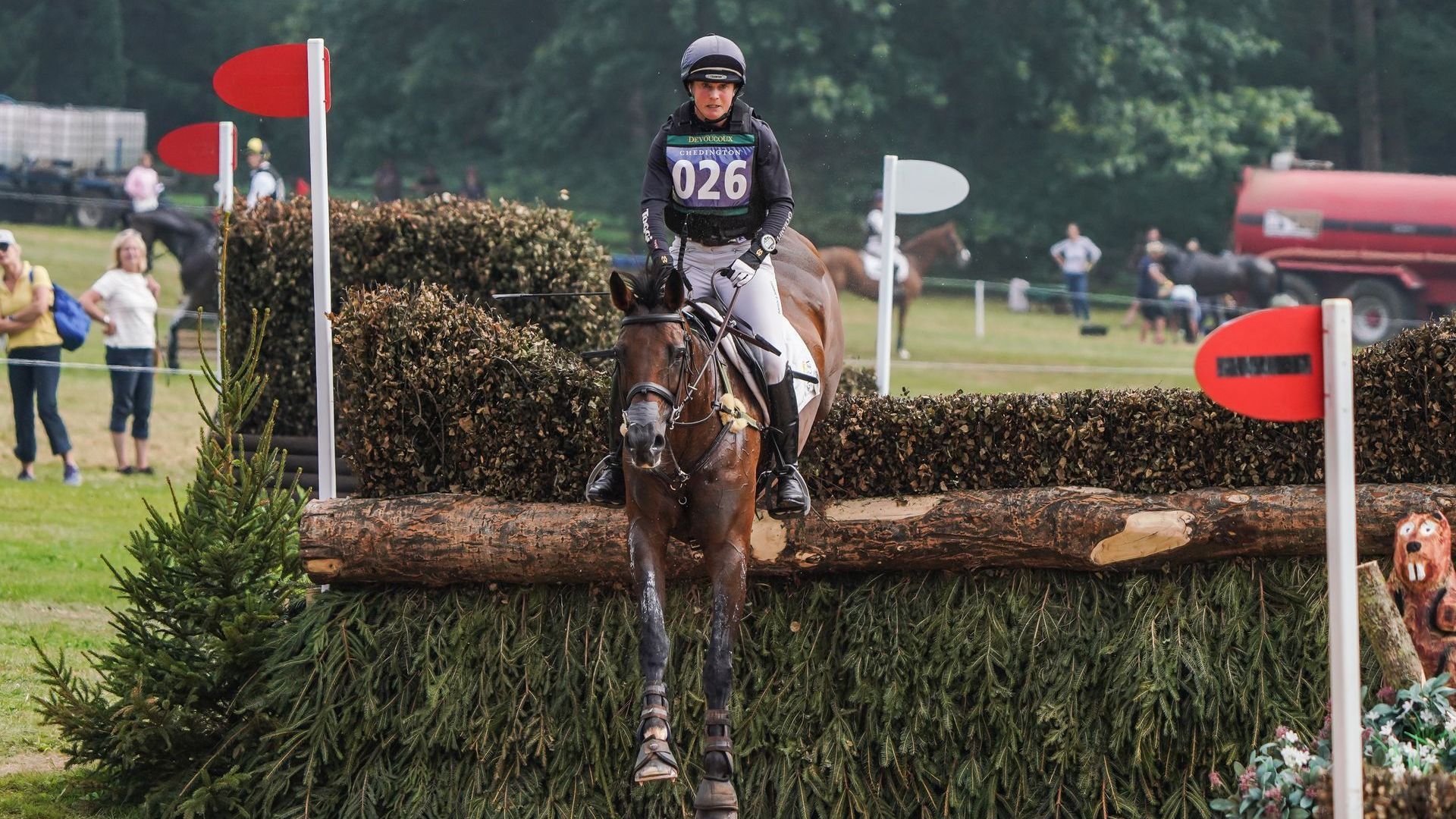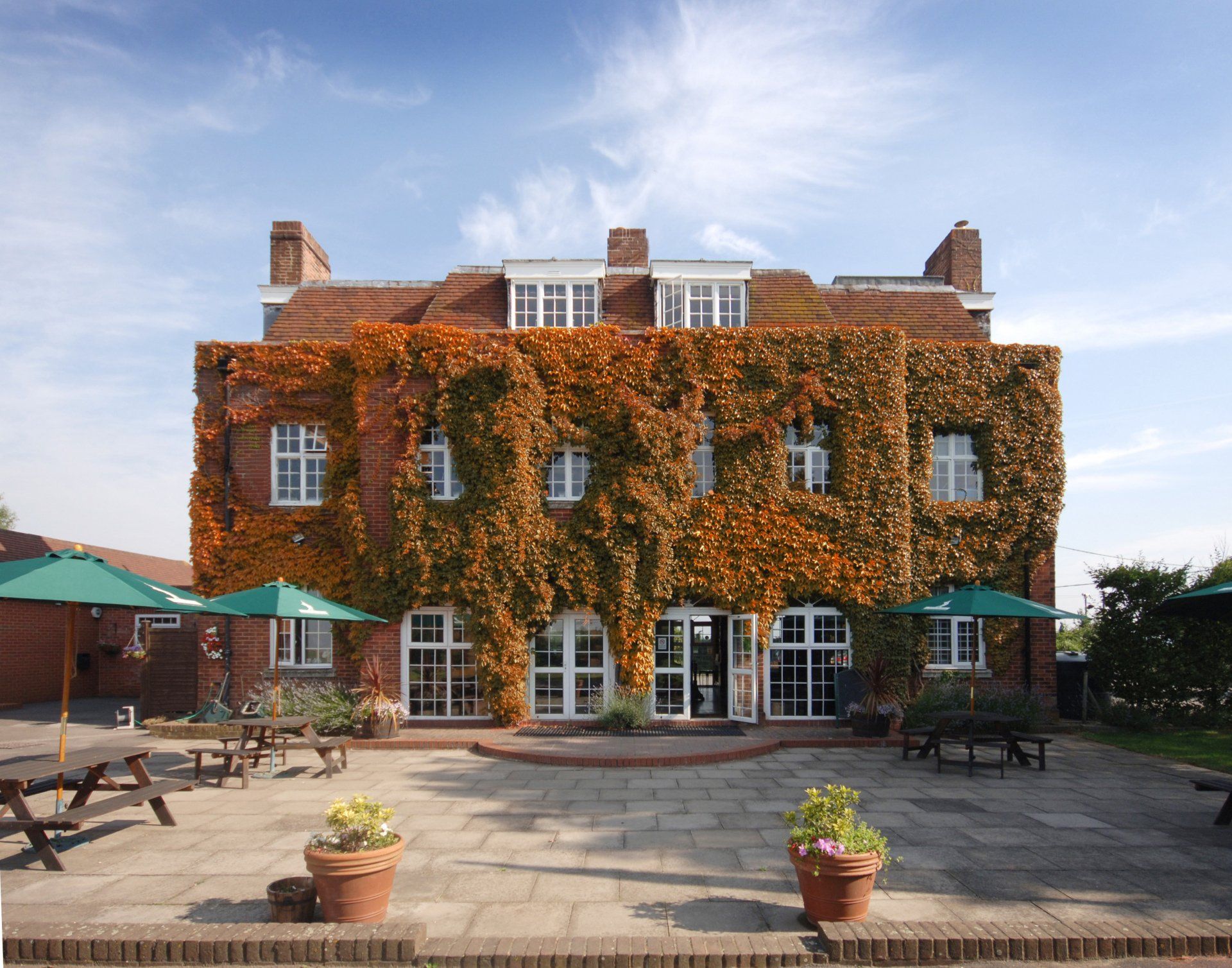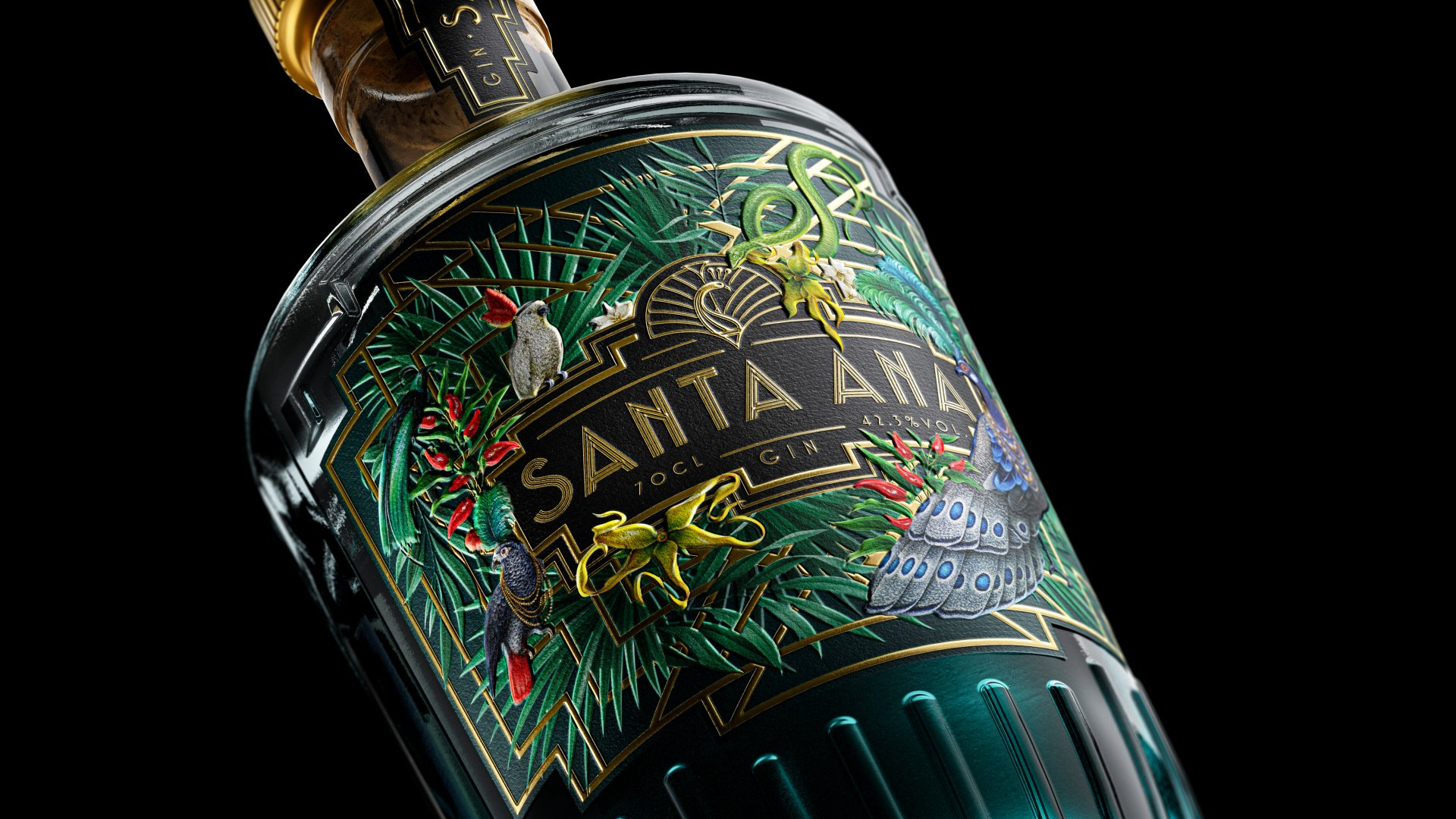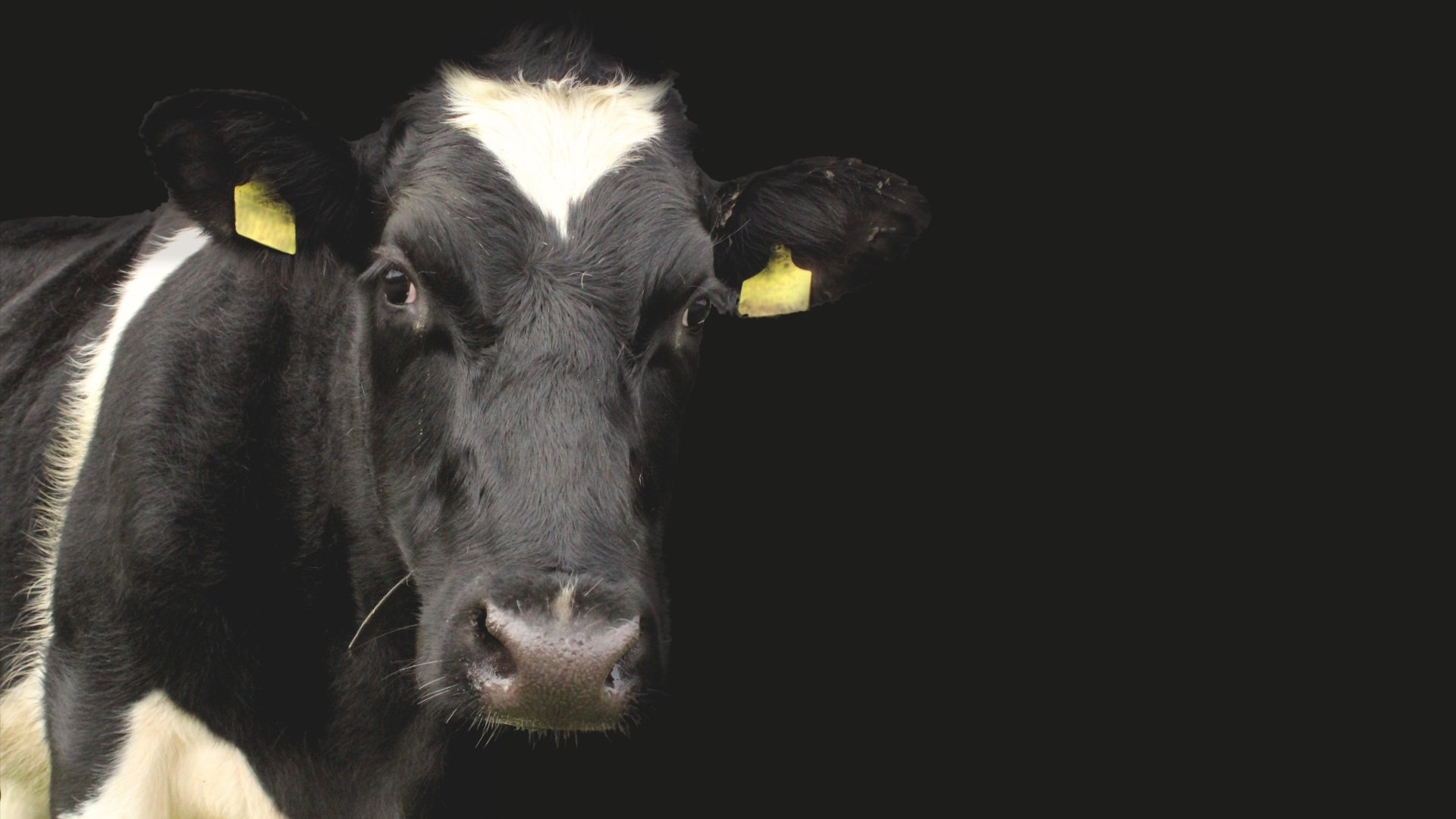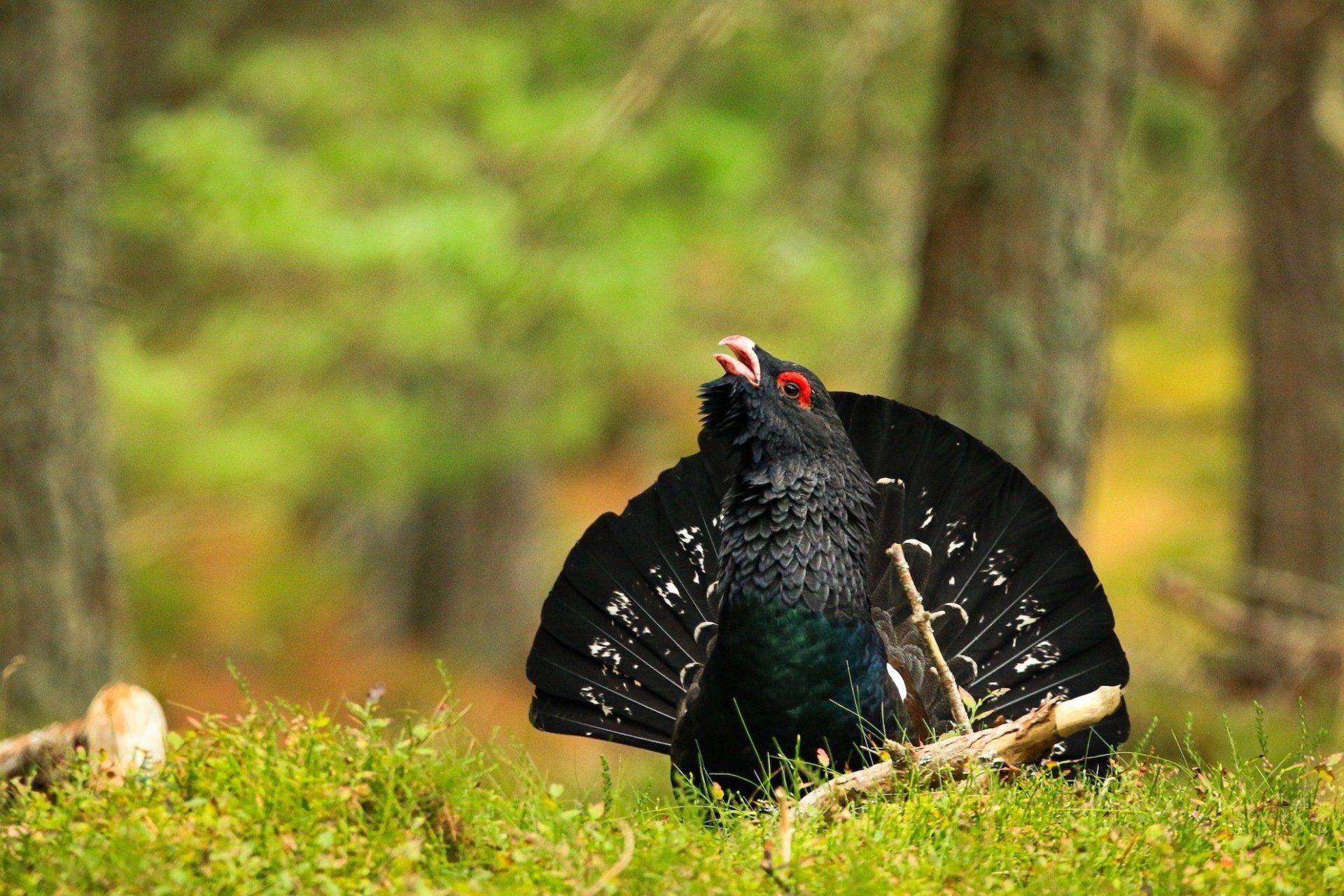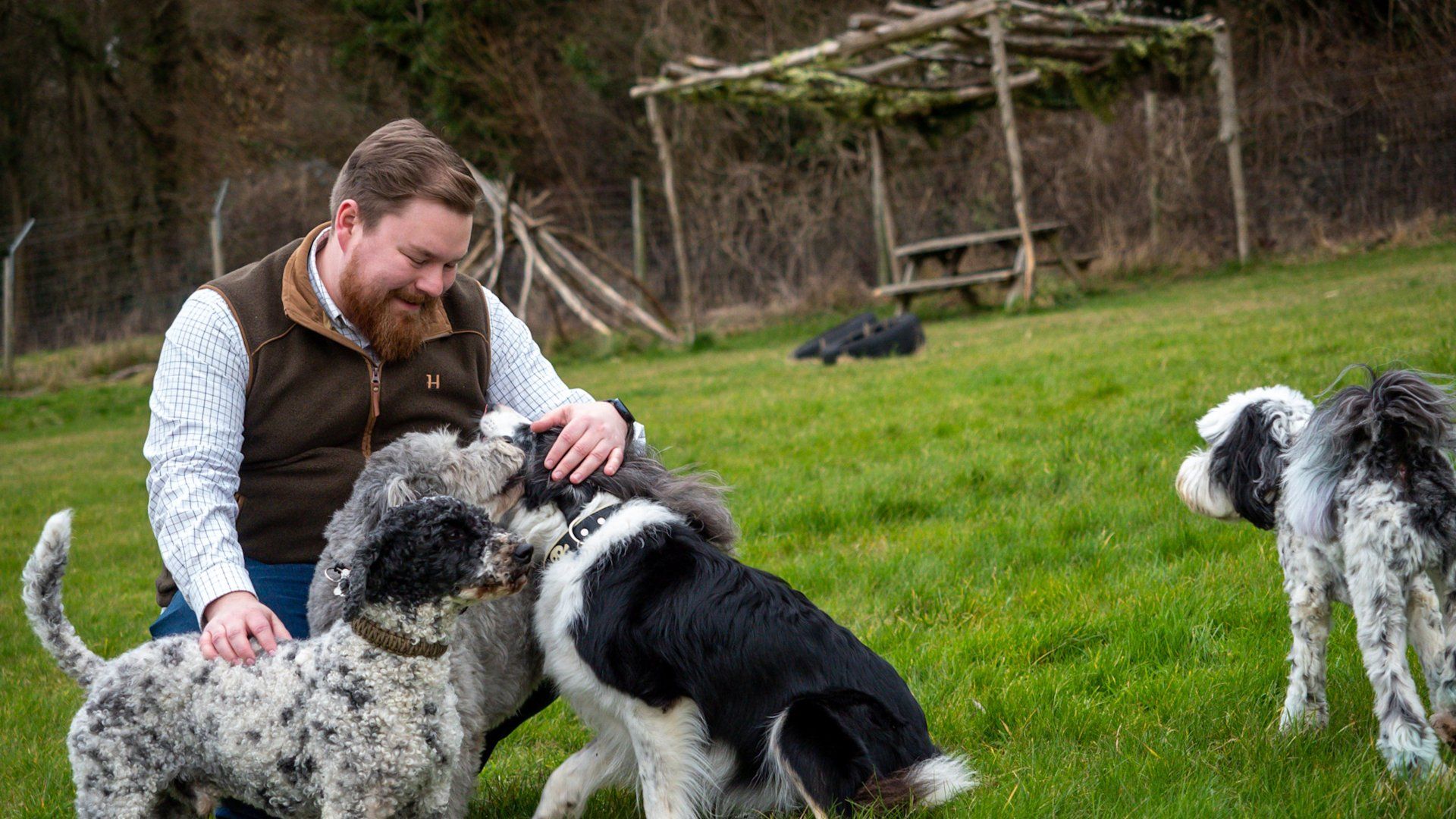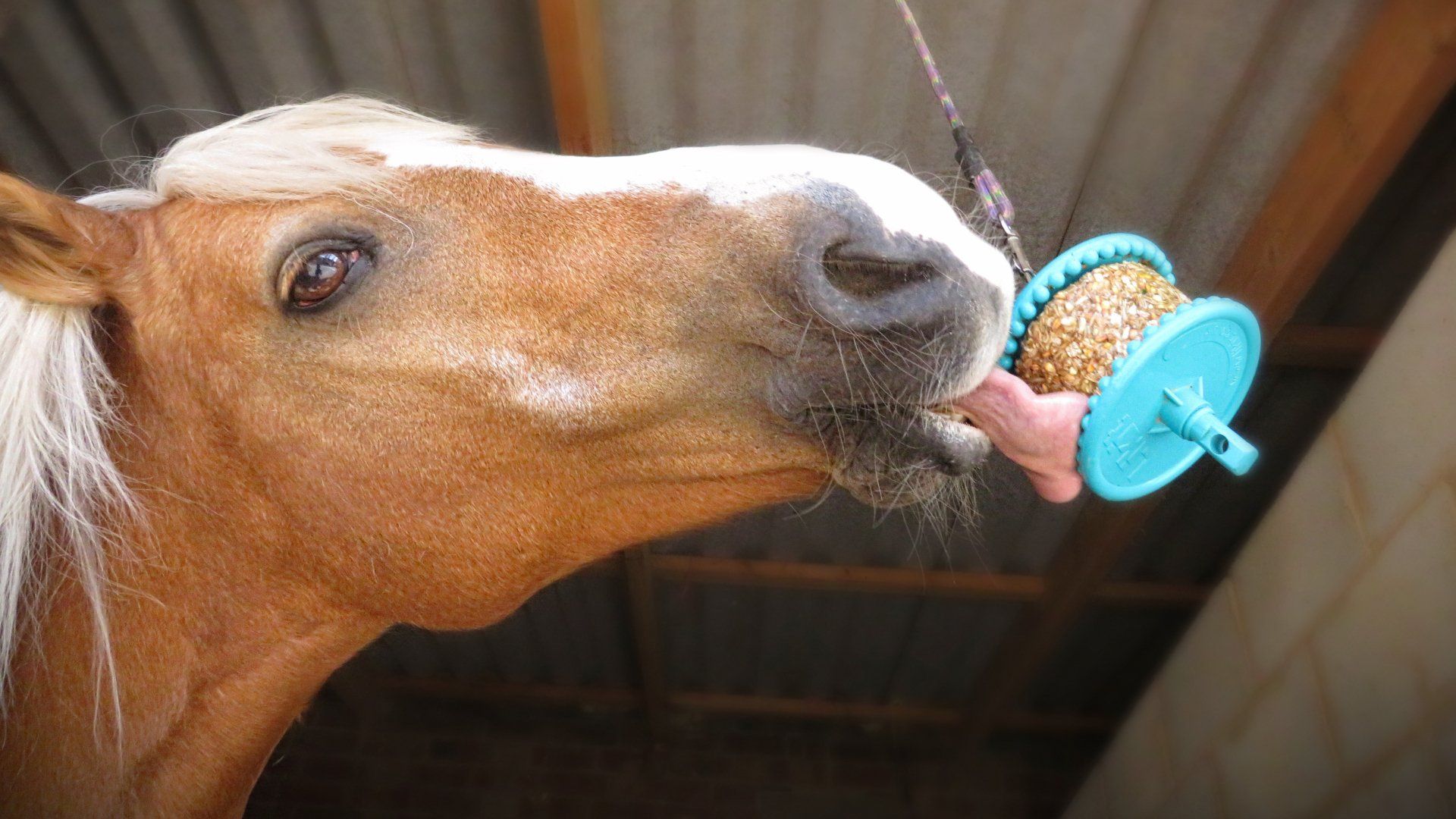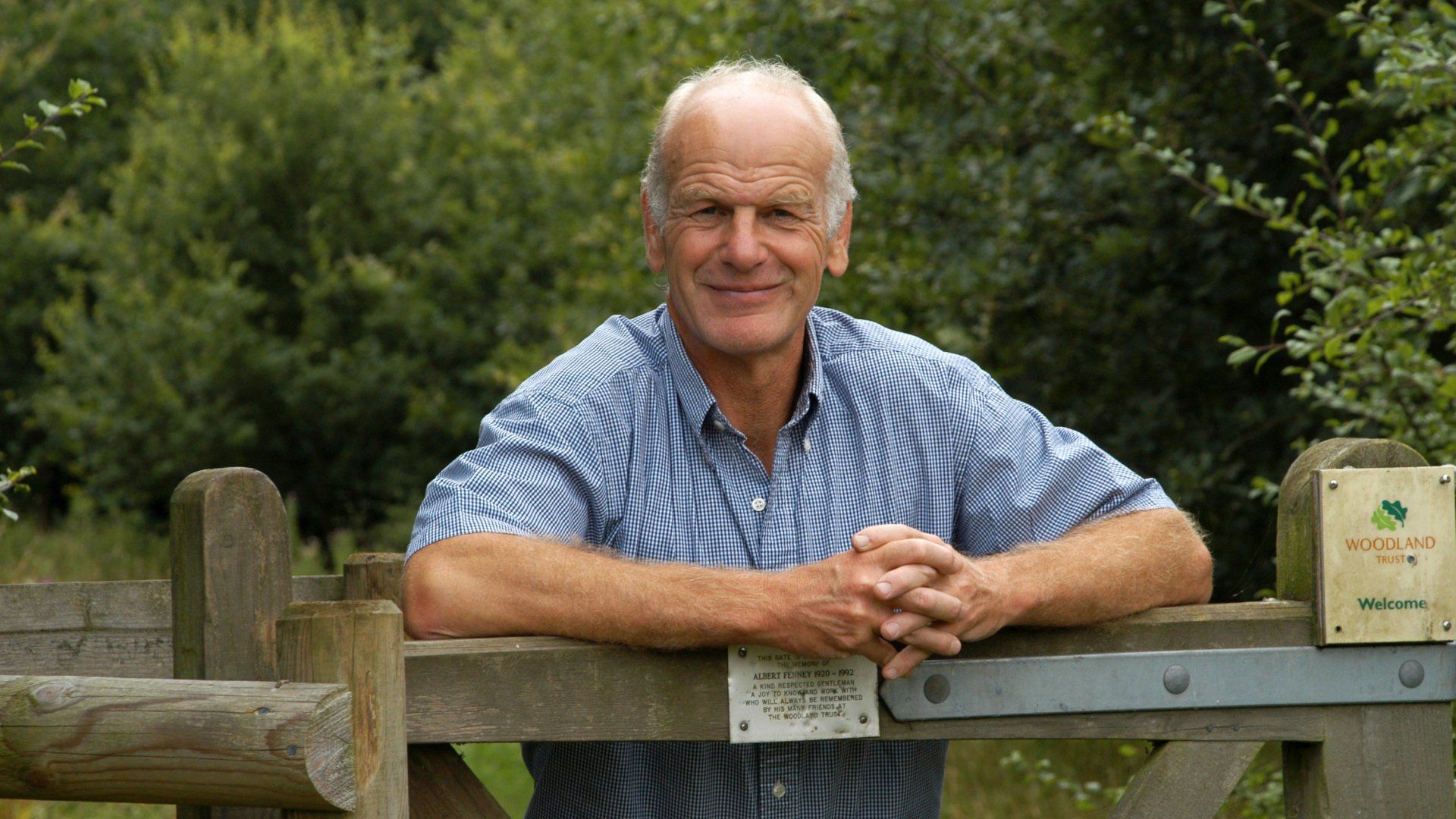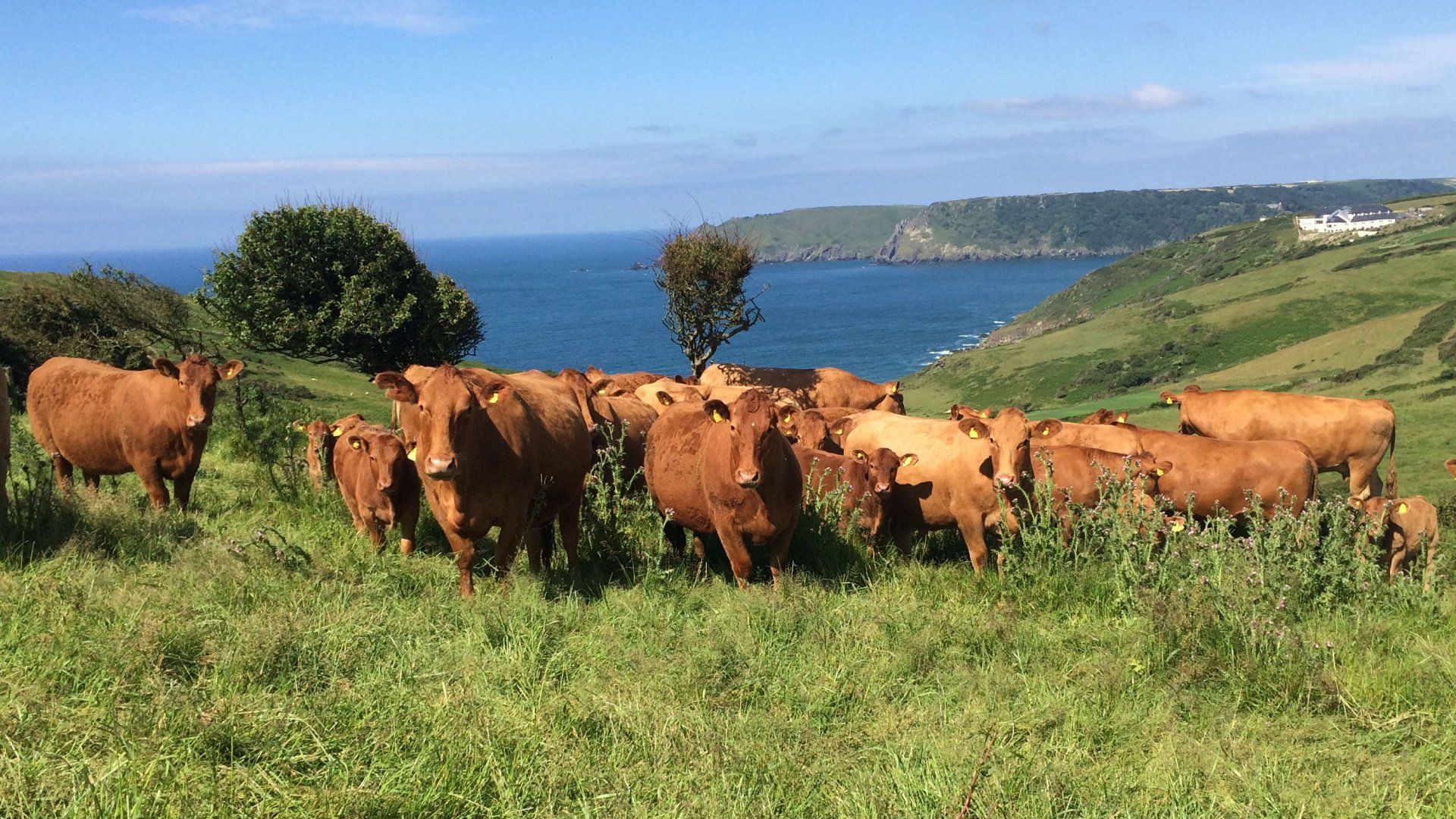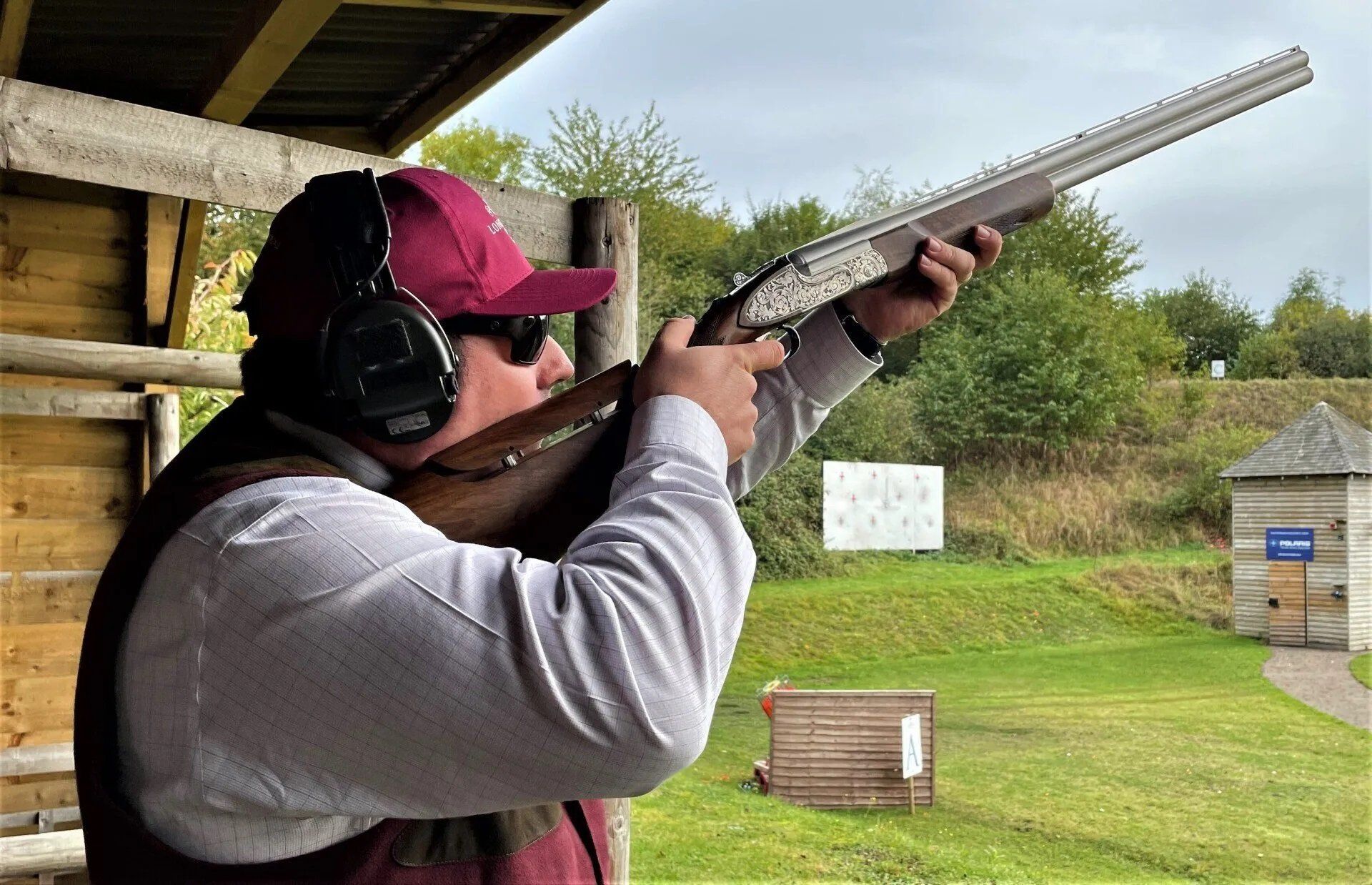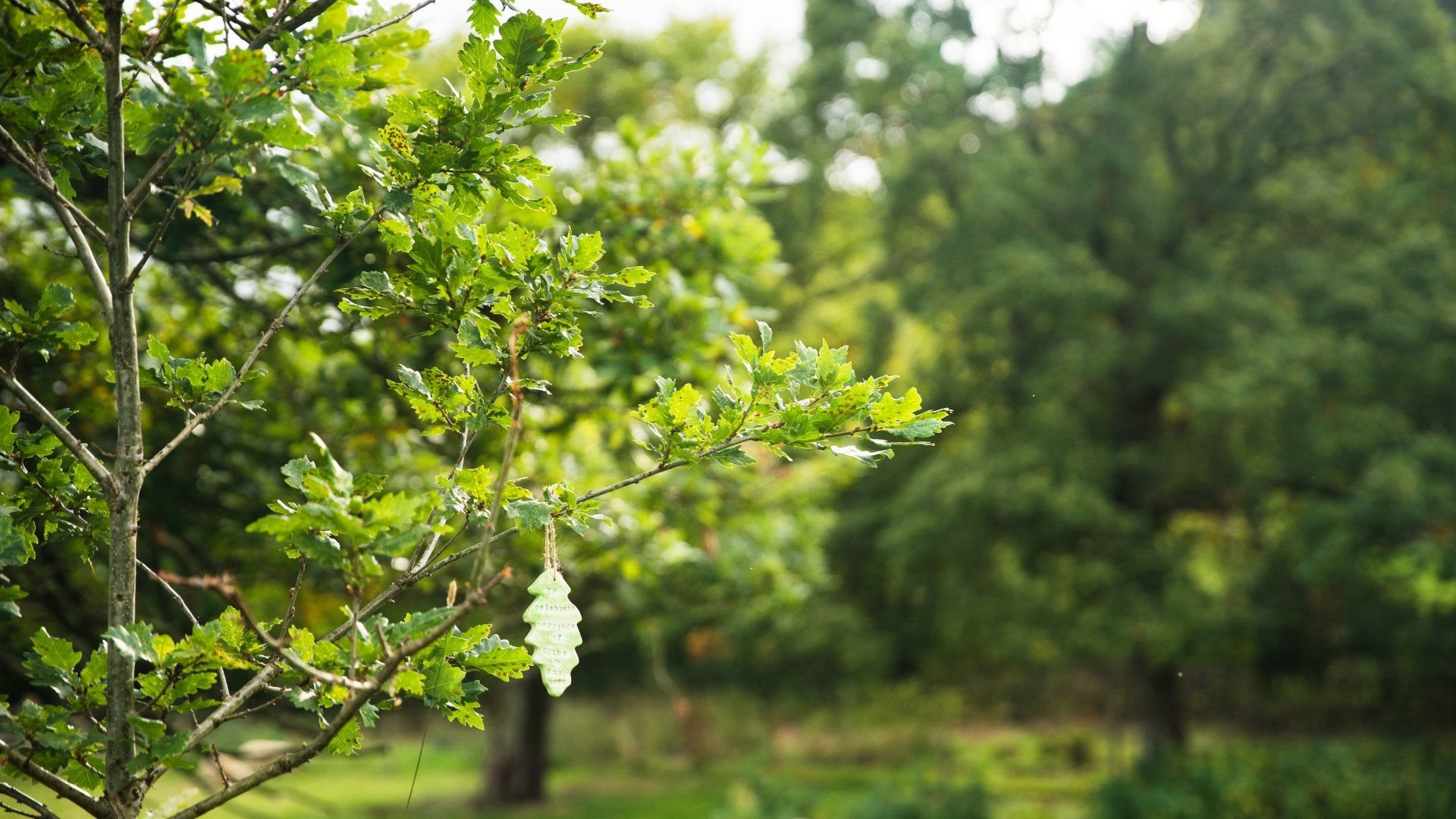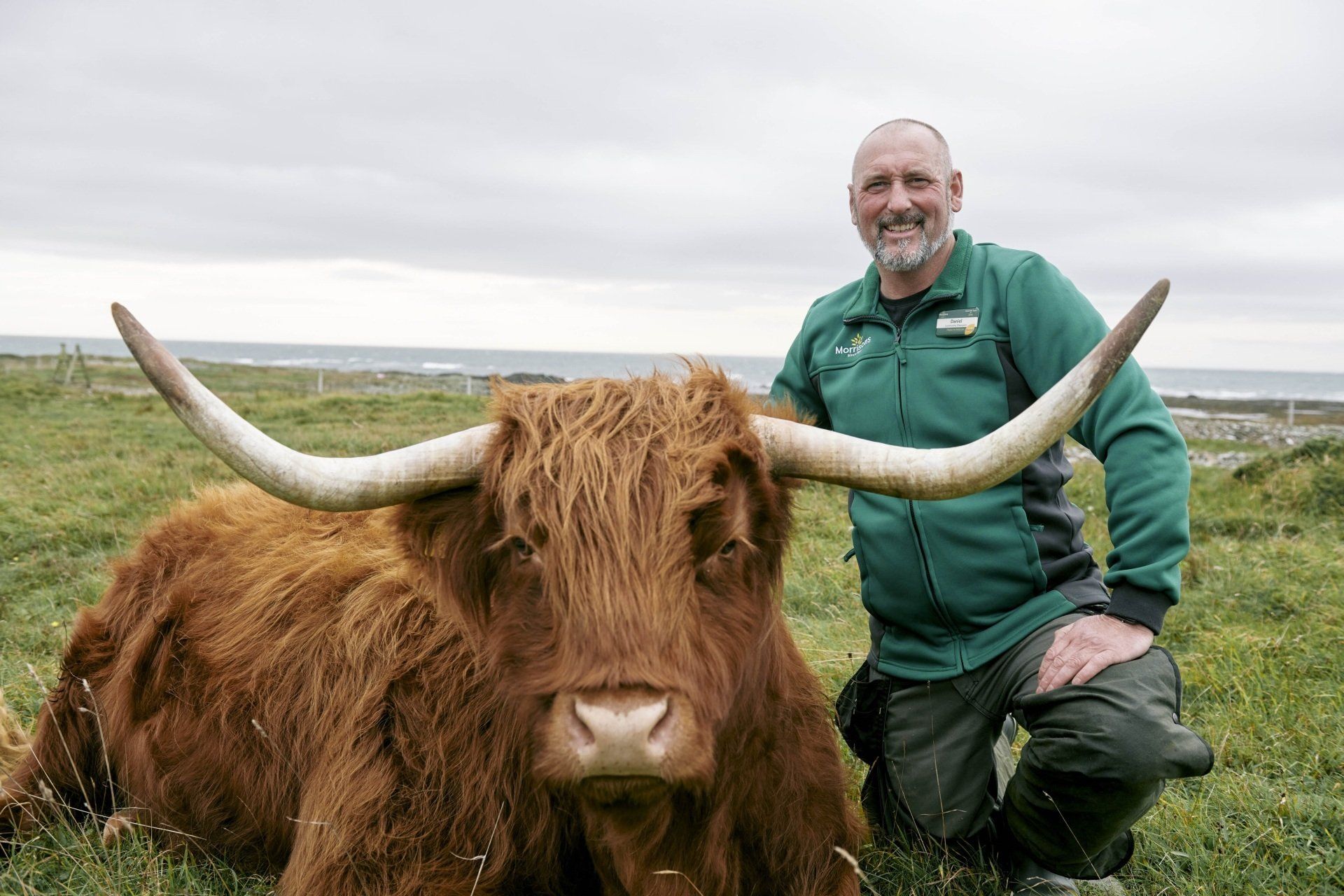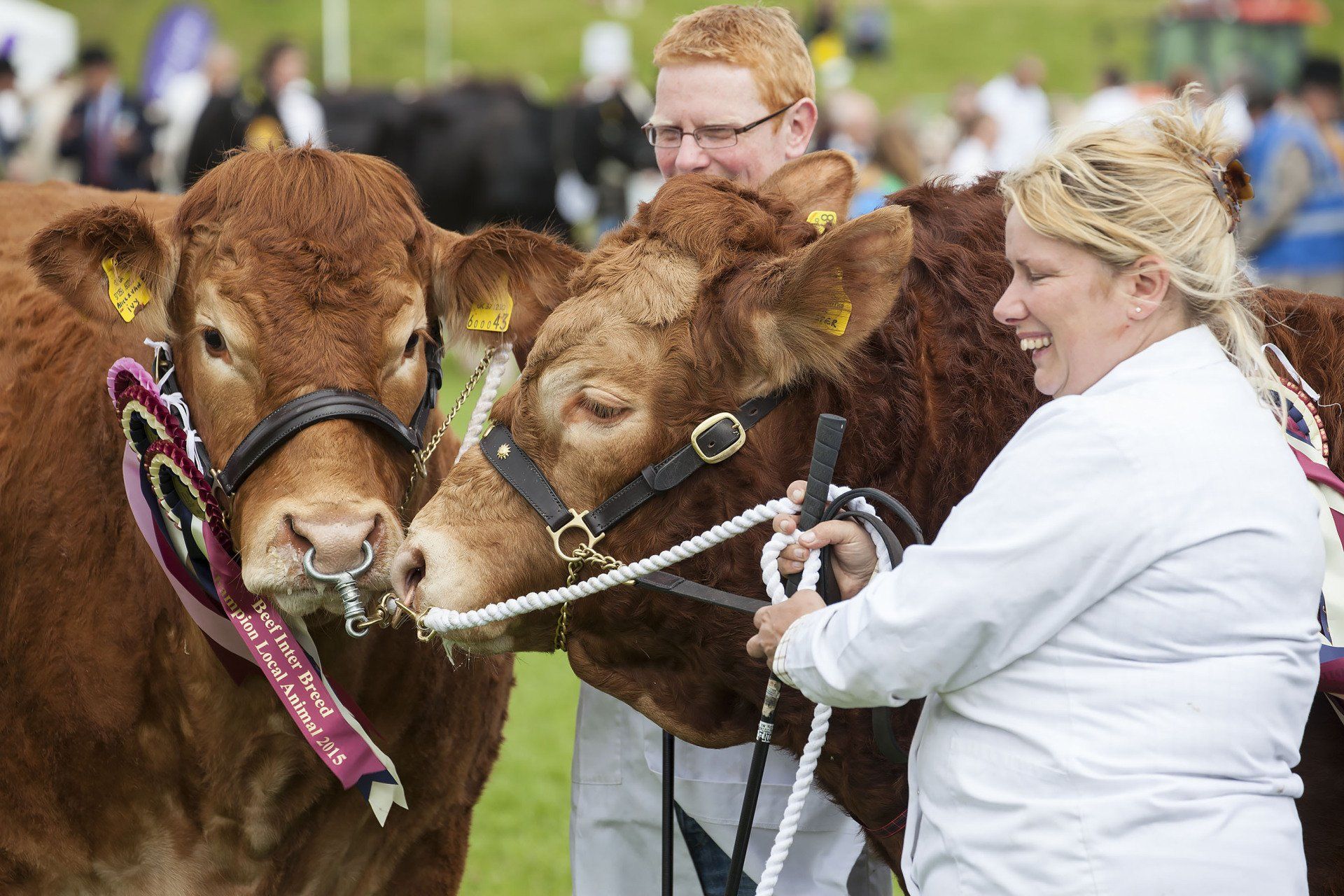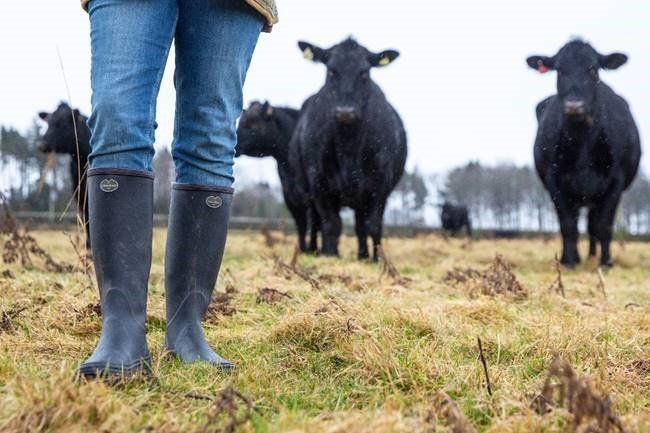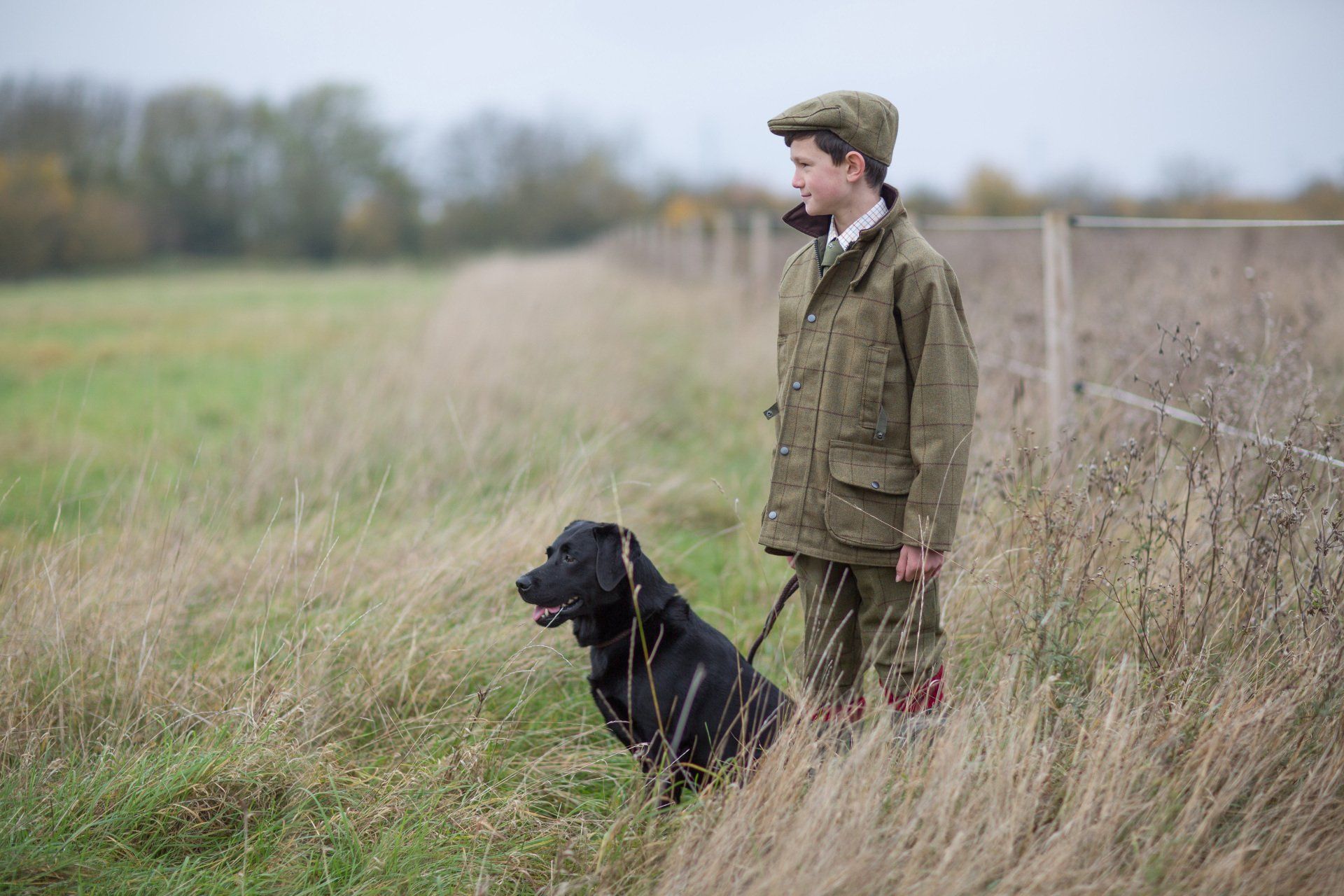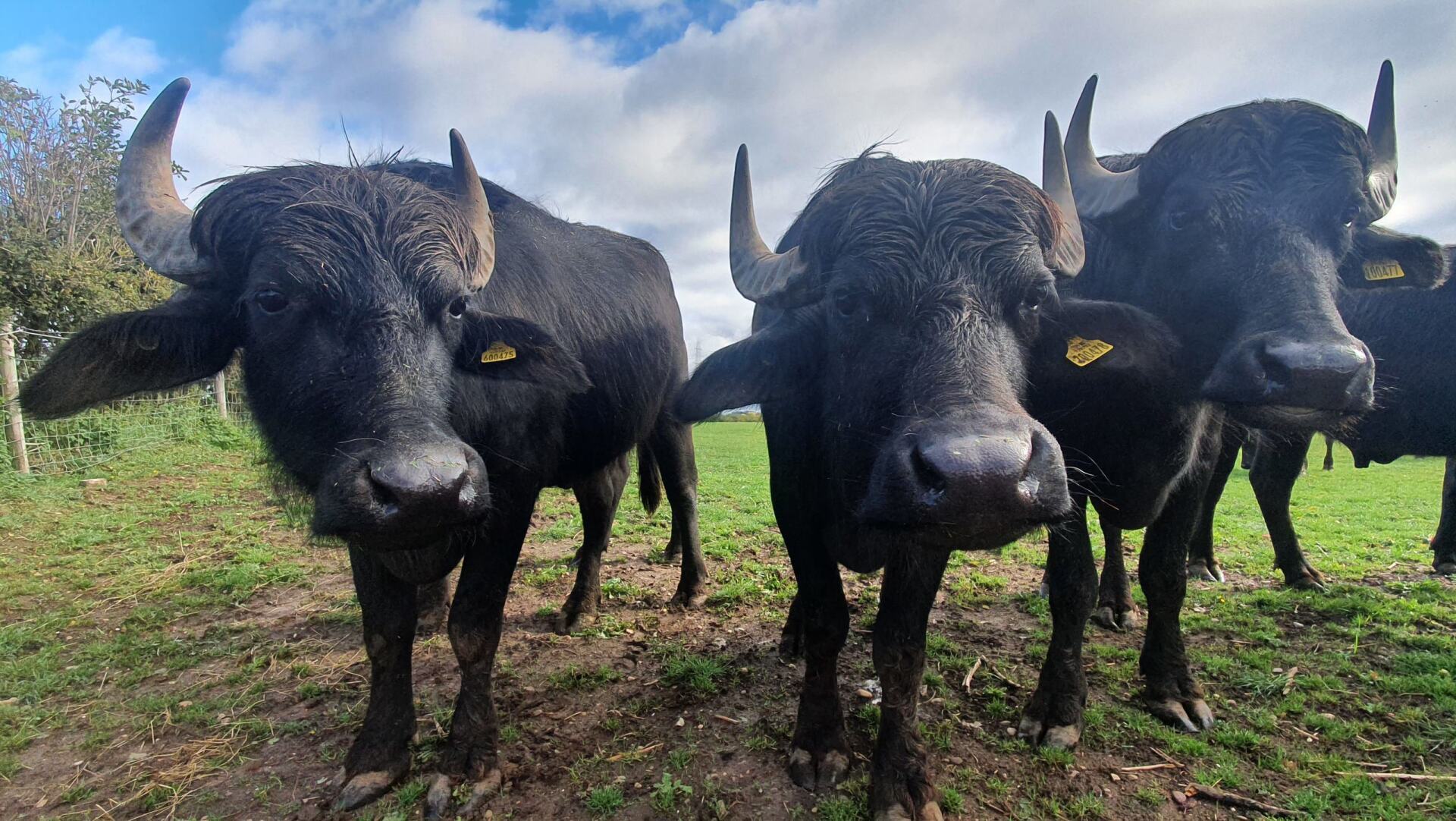The Beast of Bodmin Moor Myth, Mystery, and the Hunt for the Truth
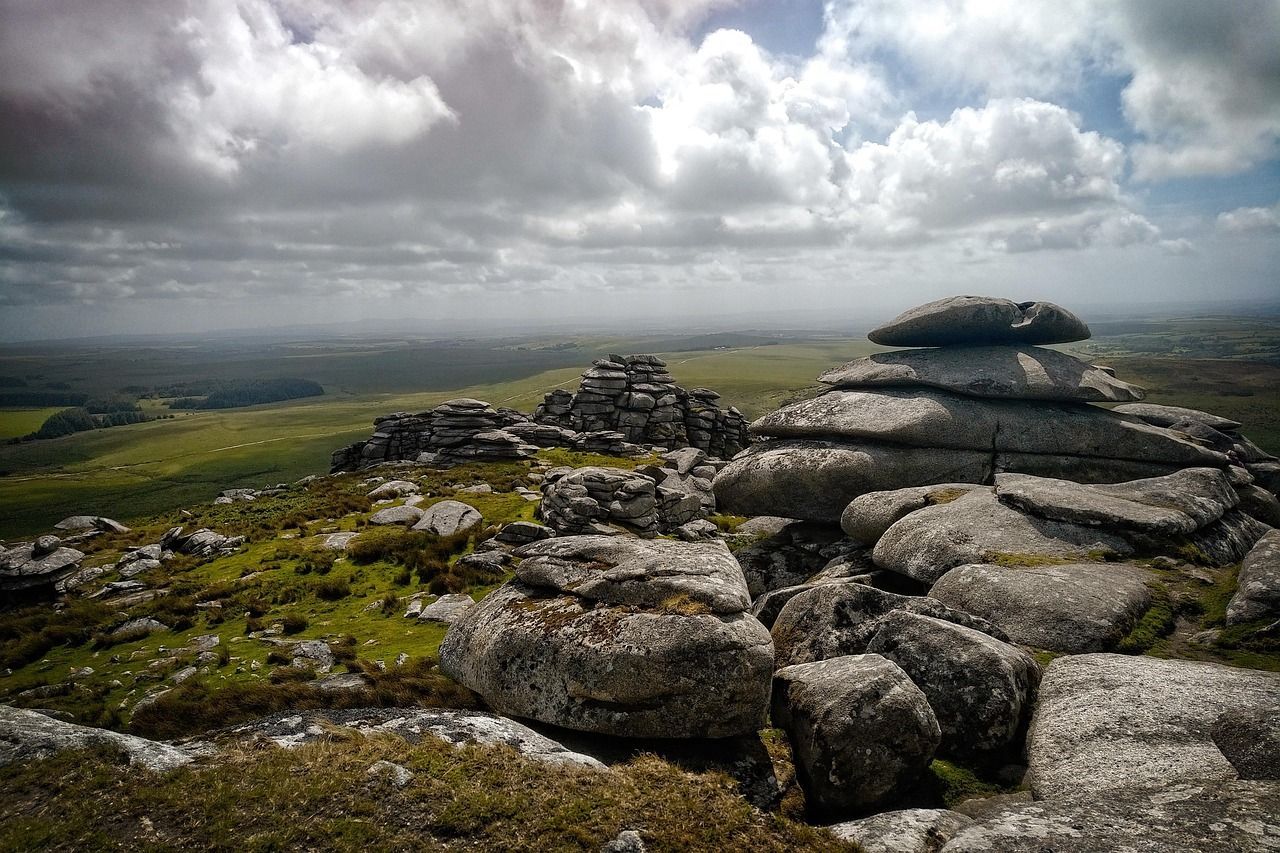
Deep in the heart of Cornwall, where the rugged landscape of Bodmin Moor stretches under vast skies, an enigmatic legend persists—the tale of the Beast of Bodmin Moor. For decades, sightings of a large, shadowy feline prowling the moorland have fuelled speculation, debate, and even government investigations. Is the Beast of Bodmin Moor a phantom of folklore, a misidentified native animal, or a relic of Britain’s wild past lurking in the present?
The First Sightings and Growing Speculation
Reports of a mysterious large cat on Bodmin Moor began to gain traction in the 1970s and 1980s, though local tales of strange creatures date back much further. Farmers spoke of livestock found mutilated, their injuries too severe to be the work of known predators. Eyewitnesses described a powerful, panther-like creature moving with stealth across the moor, its black silhouette standing stark against the windswept landscape.
By the 1990s, the legend had grown so pervasive that the UK government launched an official investigation. In 1995, the Ministry of Agriculture, Fisheries, and Food (MAFF) conducted an inquiry into whether a large predatory cat was indeed roaming the Cornish countryside. The conclusion? There was no verifiable evidence of a big cat in the wild. Yet, the sightings continued, and the mystery deepened.
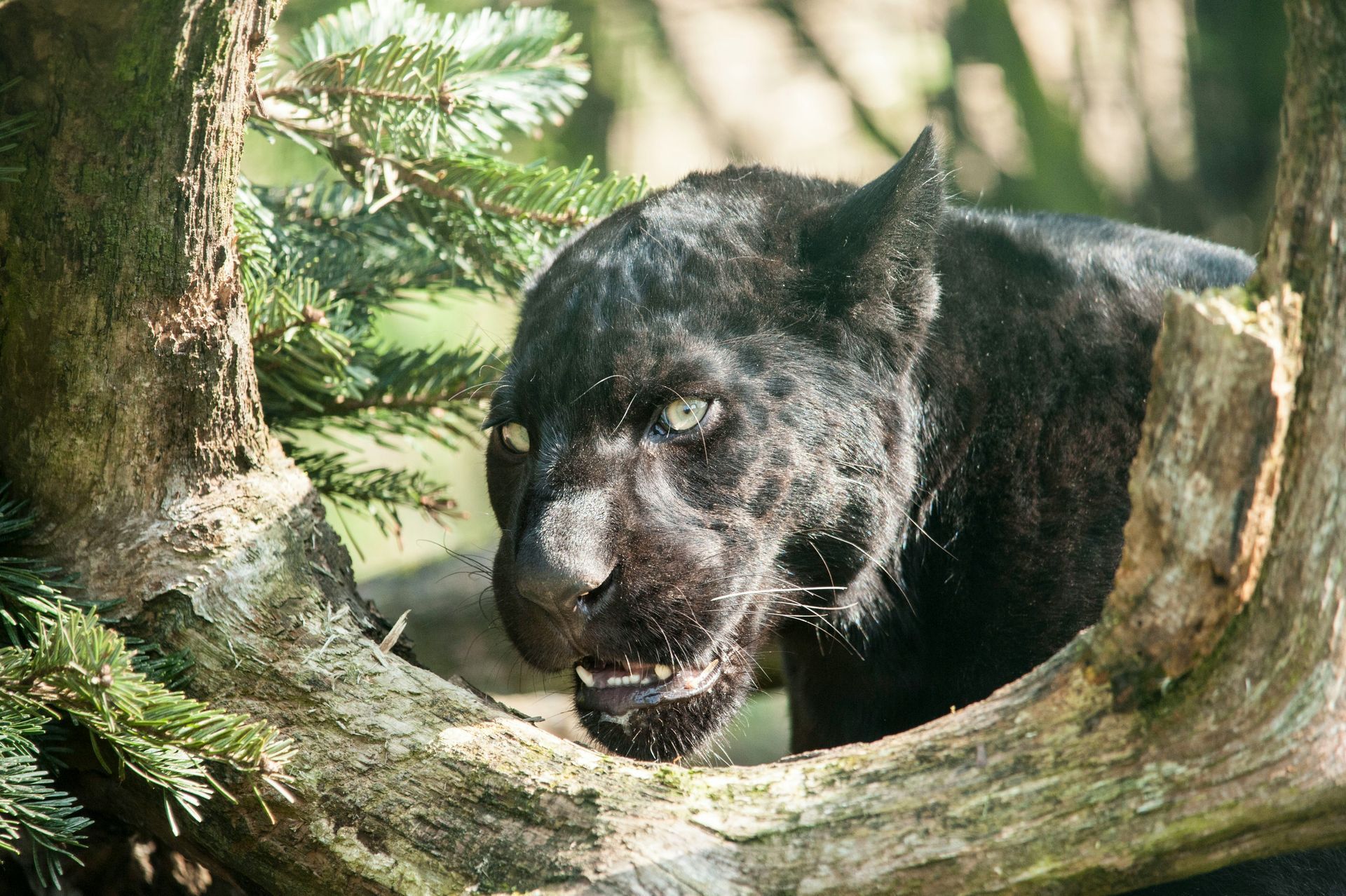
Theories and Explanations
The Beast of Bodmin Moor, like all good legends, has inspired a range of theories, each more compelling than the last. Some researchers and wildlife enthusiasts suggest that the beast could be a melanistic (black-coated) leopard or puma—descendants of exotic pets released into the wild after the Dangerous Wild Animals Act of 1976 made private ownership of such creatures difficult.
If a few of these animals had escaped captivity decades ago, could their descendants still be stalking the moor today?
Others believe the sightings can be attributed to misidentifications—large domestic cats or native wildlife appearing more menacing under poor lighting conditions or at a distance. The jagged rocks and eerie moorland shadows can play tricks on the eye, leading to exaggeration and embellishment of what was actually seen.
A more skeptical perspective dismisses the beast as mere folklore—a modern manifestation of ancient British myths that have always spoken of spectral black dogs and ghostly creatures haunting the countryside.
The Hunt for Evidence
Despite the official dismissal by authorities, many continue to believe in the existence of the beast. Over the years, grainy photographs, blurry video footage, and plaster casts of paw prints have surfaced, offering tantalising but inconclusive evidence.
In 1995, a boy walking near the River Fowey discovered a large feline skull with pronounced canines. Initial excitement led to speculation that this was proof of a big cat living in Cornwall. However, experts later determined that the skull was likely from a leopard skin rug, complete with telltale signs of having once been part of a taxidermy display.
Trail cameras, motion sensors, and even professional trackers have all been employed in the search for the Beast of Bodmin Moor, but the creature remains elusive. Perhaps this is part of its enduring appeal—its existence is neither confirmed nor denied, allowing the legend to thrive.

Cornwall’s Enduring Mystery
For the people of Cornwall, the Beast of Bodmin Moor is more than just an urban (or rather, rural) legend; it has become a part of the region’s identity. Tourism has even embraced the mystery, with guided tours and expeditions offering visitors the chance to explore the moor and, perhaps, catch a glimpse of the fabled beast.
Whether real or imagined, the legend taps into something primal—our fascination with the unknown, the thrill of the hunt, and the allure of the wild. The moor itself, with its ancient stone circles, desolate beauty, and whispering winds, is the perfect stage for such a mystery.
Will we ever have definitive proof of the Beast of Bodmin Moor? Perhaps one day, a clear photograph or undeniable DNA evidence will emerge. Until then, the beast will continue to stalk the imagination, lurking just beyond the edges of certainty, in the shadows of Cornwall’s wild heart.
Read more:
